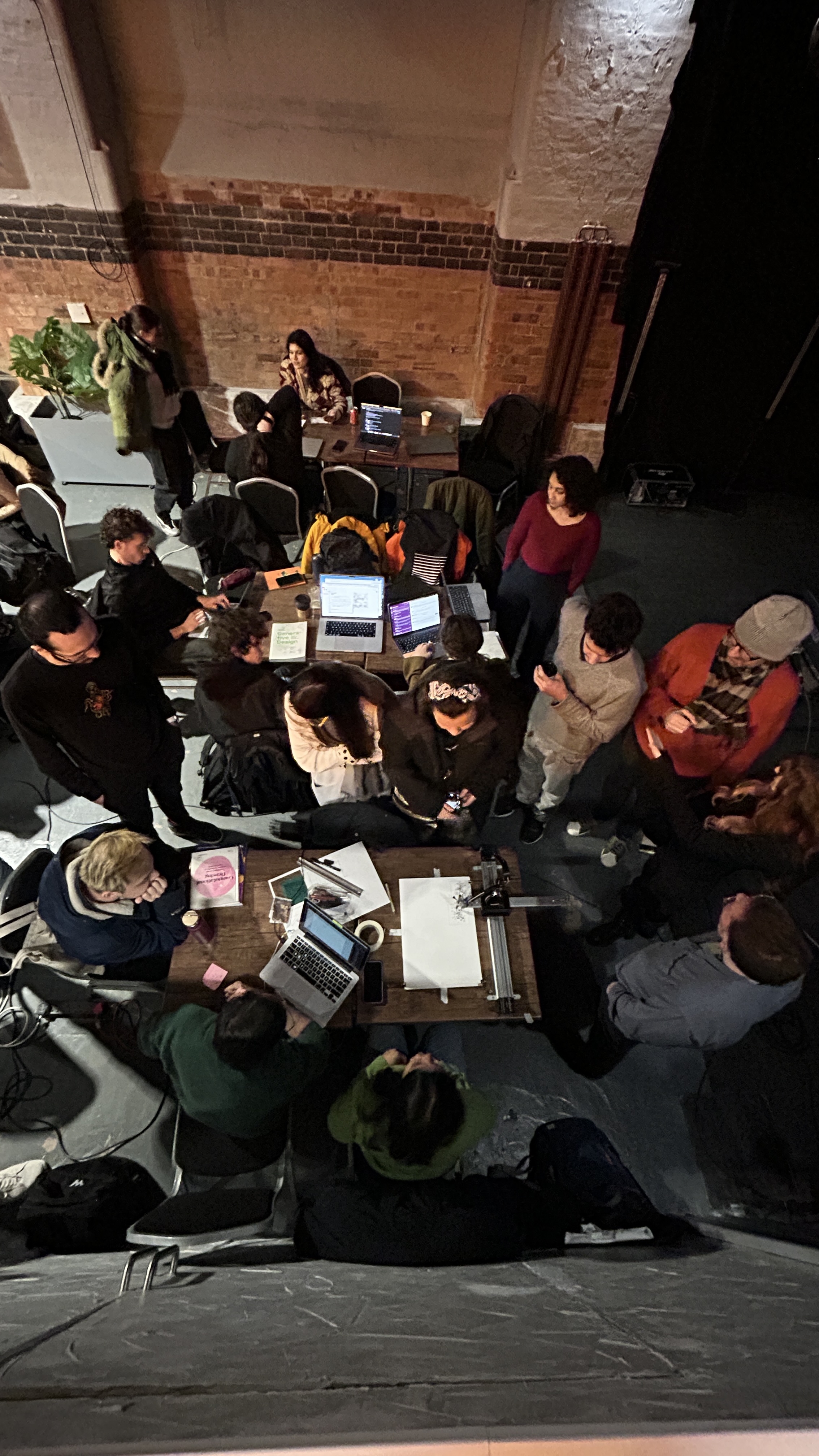MathsWorld London ↗
Aperiodic Monotiles. These tiles make patterns that go on forever without repeating. This shape was discovered in 2022 by David Smith, a recreational mathematician from Yorkshire.
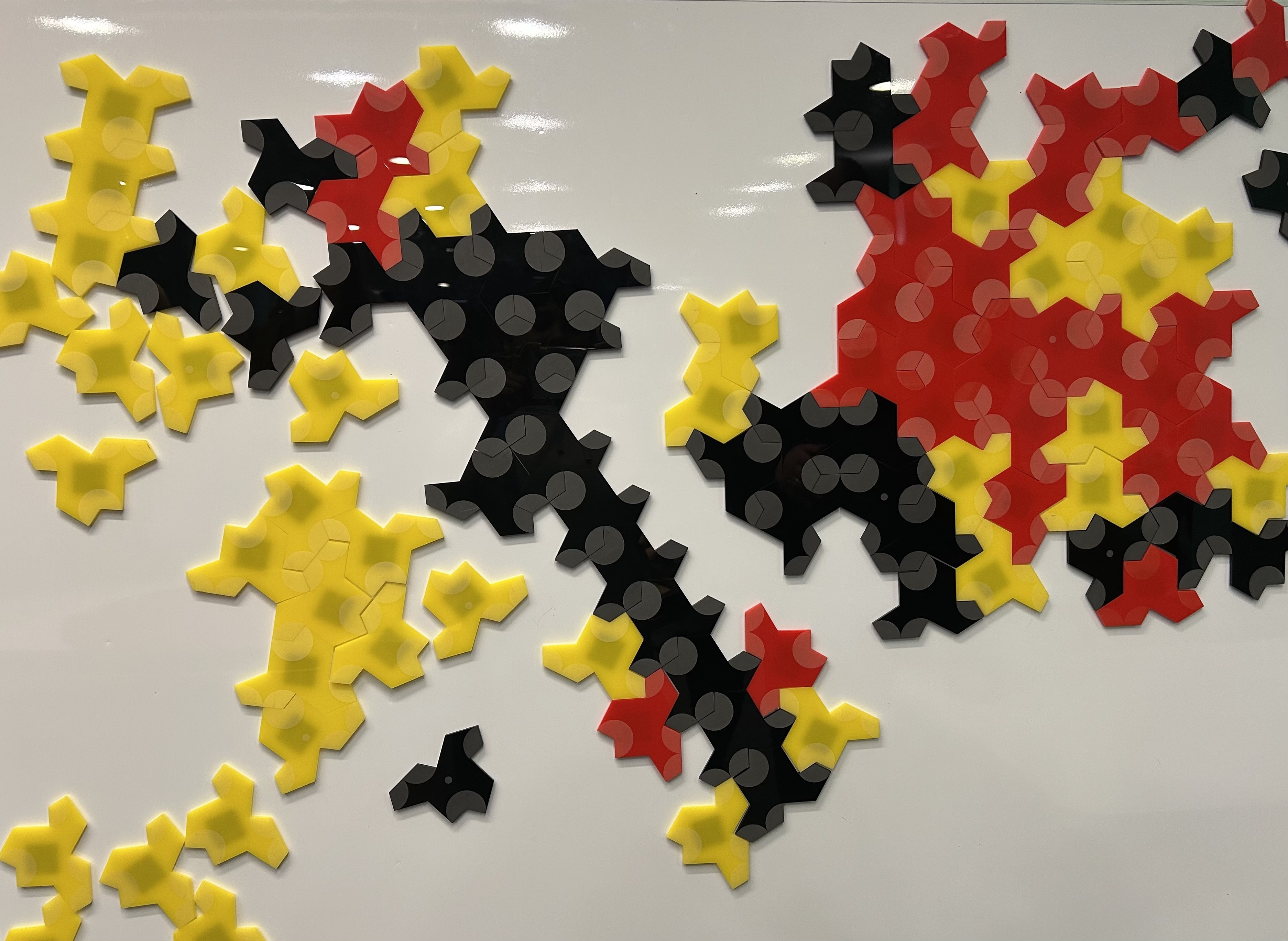
A space for holding early ideas, thoughts and impressions
Aperiodic Monotiles. These tiles make patterns that go on forever without repeating. This shape was discovered in 2022 by David Smith, a recreational mathematician from Yorkshire.

Built a tool called Civic Compass for Bangalore along with the team at Zen Citizen. Enter your address and instantly discover which civic bodies serve you. All the information you need, in one place. Check it out.
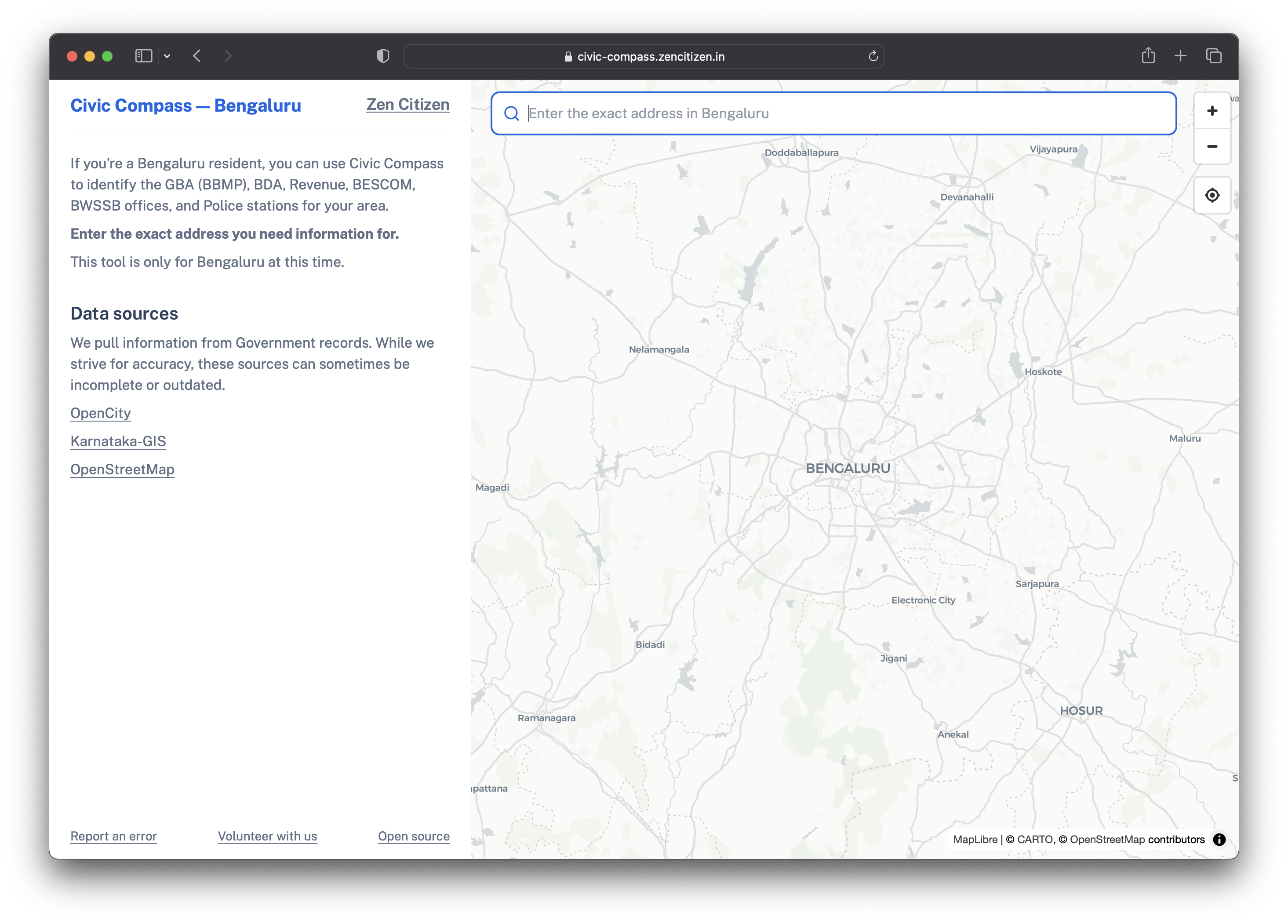
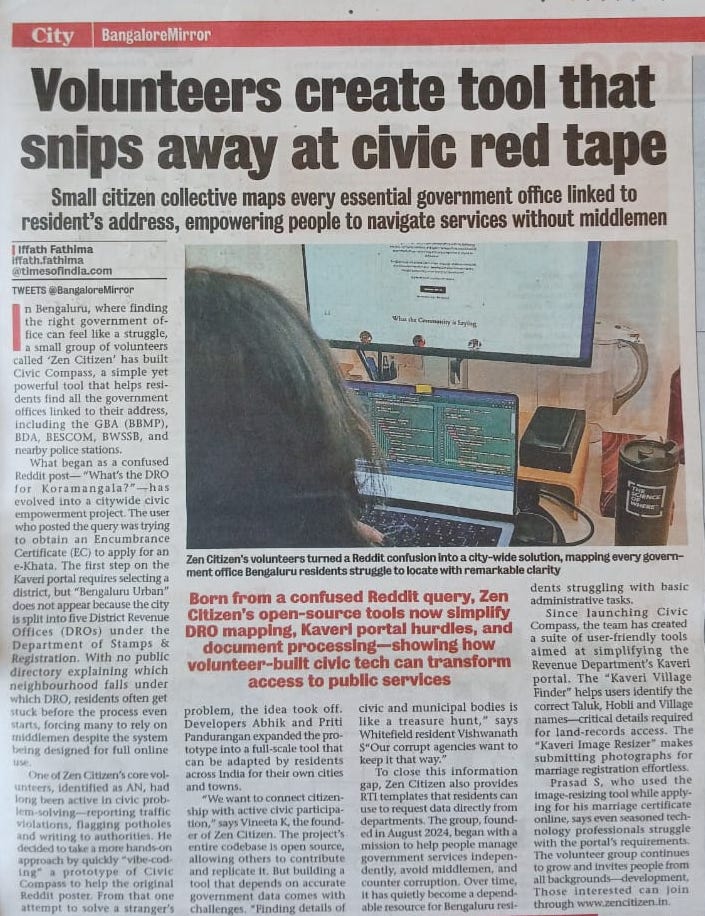
Saw the world's longest running play. A classic whodunit by Agatha Christie!
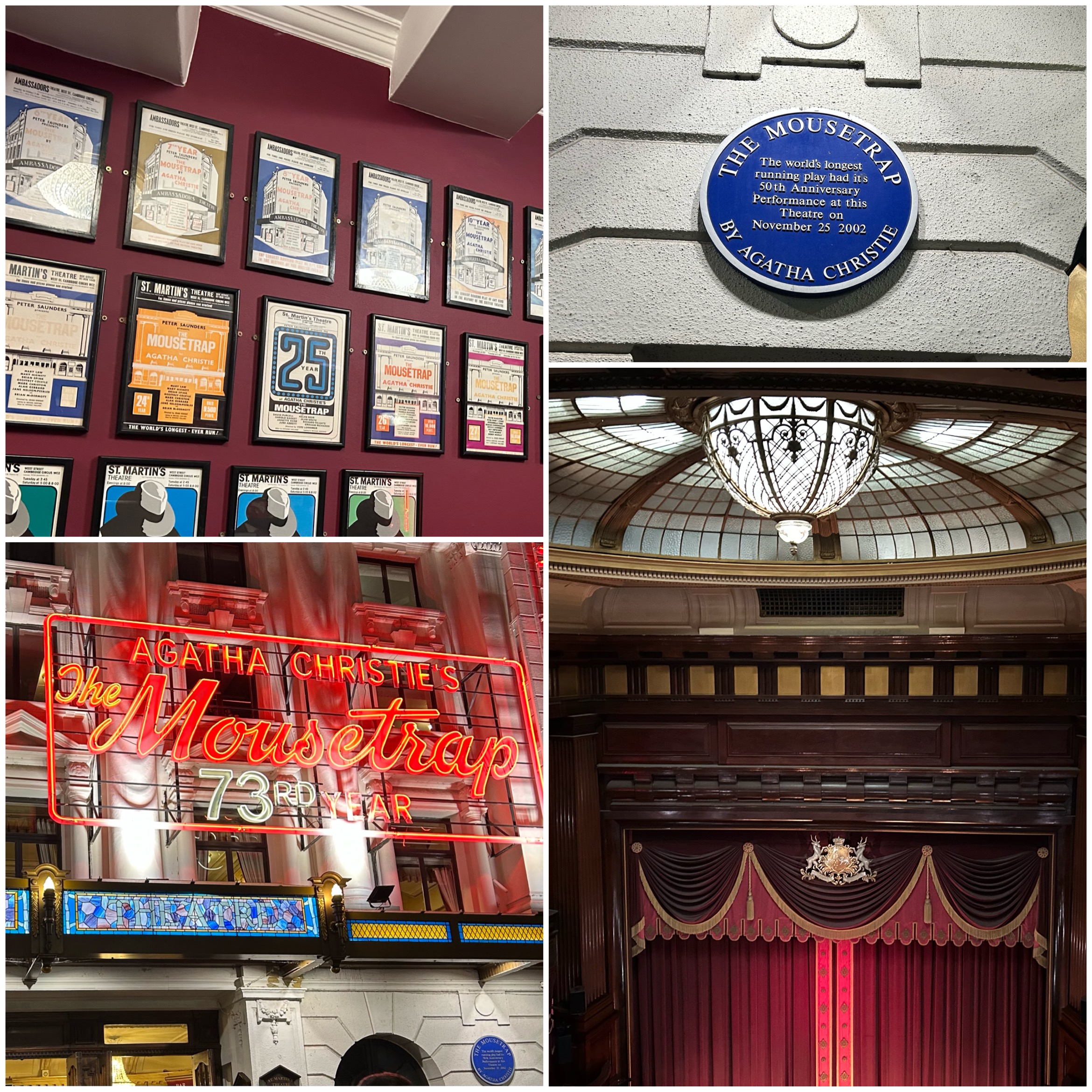
The Ink & Switch team hosted a social this month at ARIA. Two of my favourite talks focused on how much of our tooling still falls short of supporting real thought.
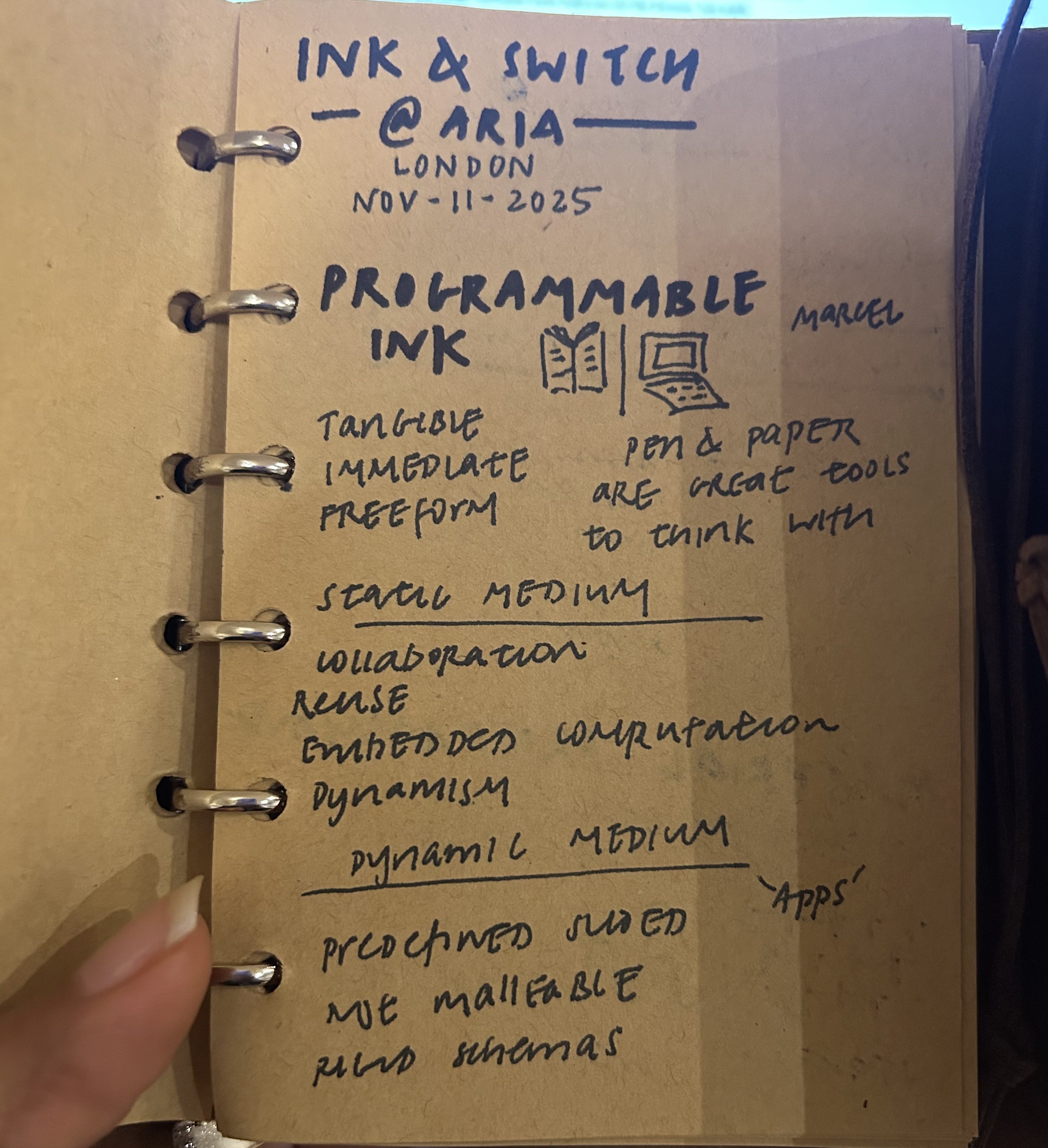
The first one was a mindblowing demo by Marcel Goethals on Programmable Ink, which showed how powerful it could be to merge the immediacy and fluidity of writing/skectching with embedded computation. A medium that’s as tangible as pen and paper yet dynamic enough to simulate, transform, and respond.
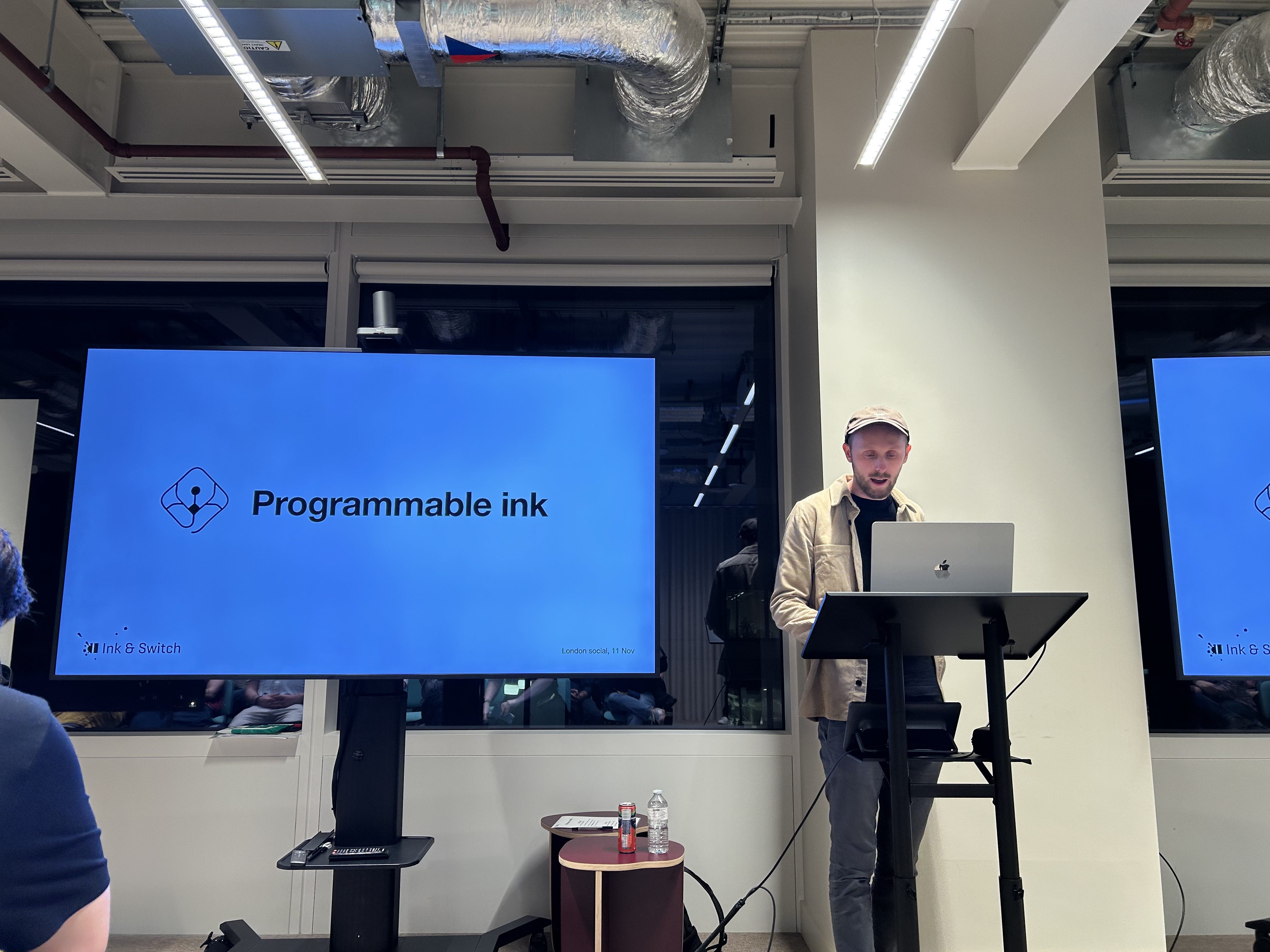
The second talk on material programming by Agnes Cameron touched upon the idiosyncrasies of knit as a medium and discussed the possibility of knitting software that remains malleable and works with and for knitters with varying degrees of expertise.
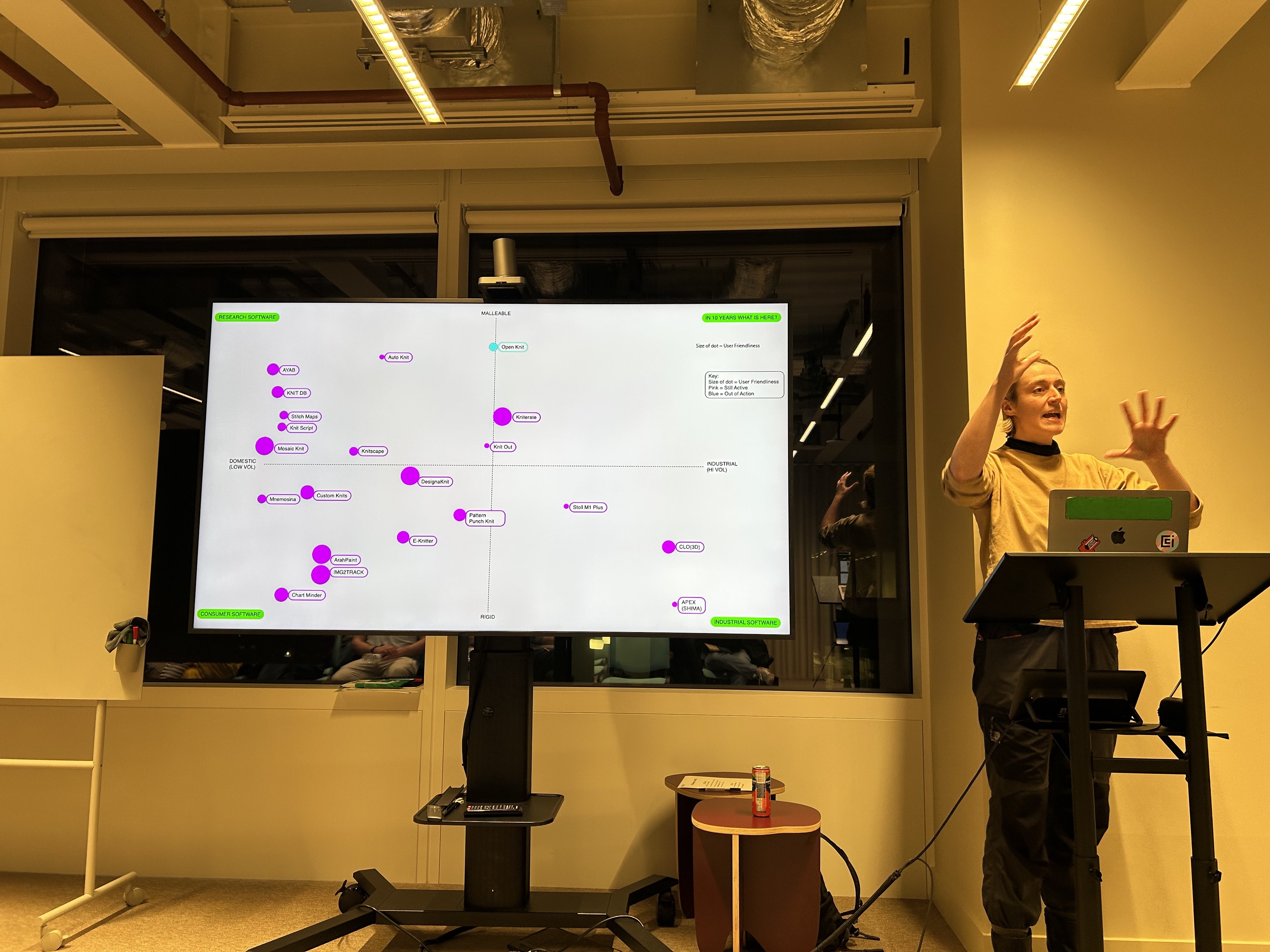
Checked out Ryoji Ikeda's new installation. It had all the usual elements of data + mathematical abstraction + large scale audio-visual aesthetics. But I've some tensions I sit with. The work is stunning, but also intense to the point of being a visual assault. It is meticulously engineered for scale and spectacle but all that abstraction makes me wonder what is anchoring all this and what should I exactly walk away with? It is is beautiful but also inaccessible and obscure.
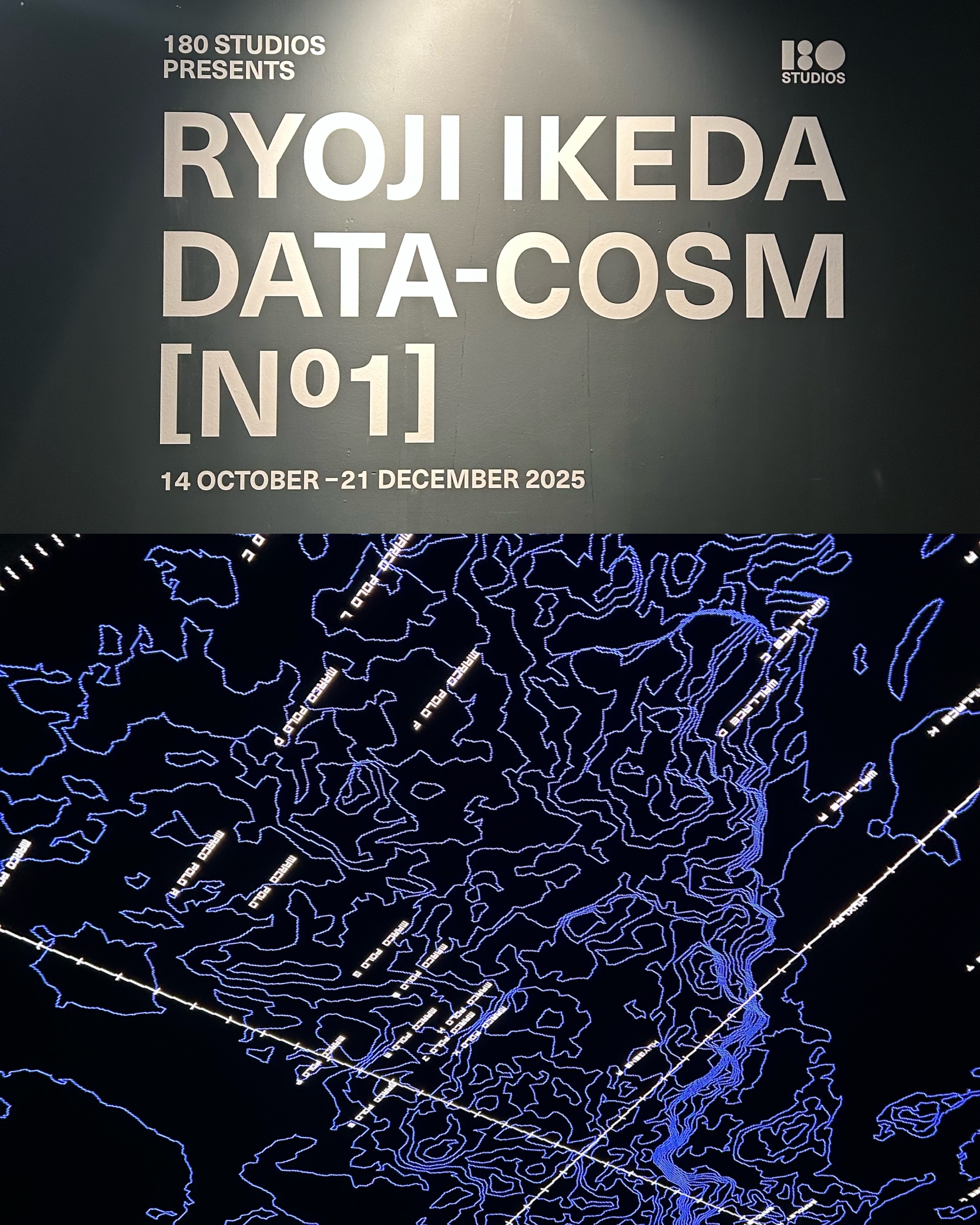
Swung by the Institute of Contemporary Arts (ICA) to catch the Frieze festival film screenings. A string of short, experimental films touching on identity, memory and belonging.
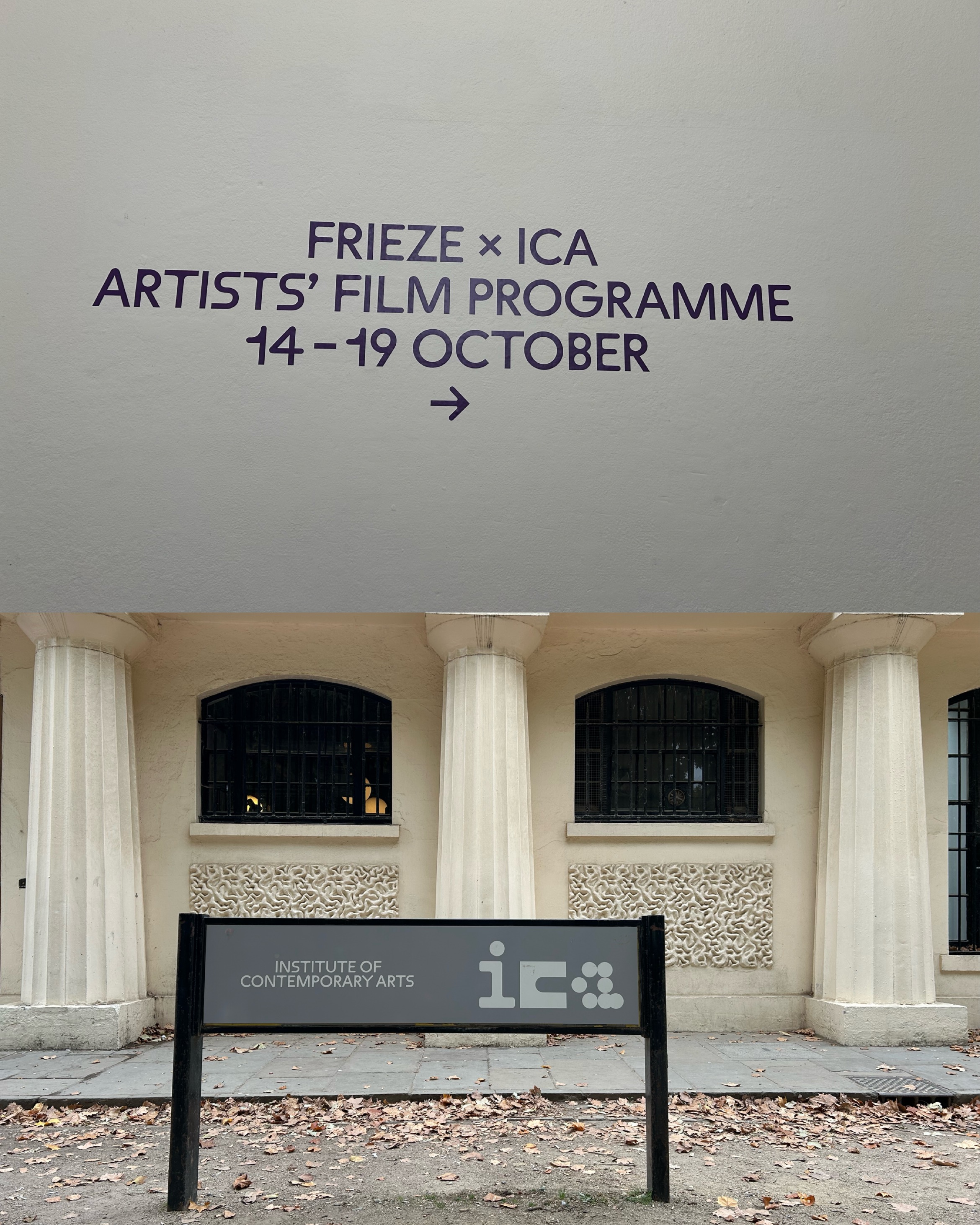
Spent a quiet evening at the Wellcome Collection. Thirst is an exhibition that traces our relationship with freshwater through history, conflict, climate and care.
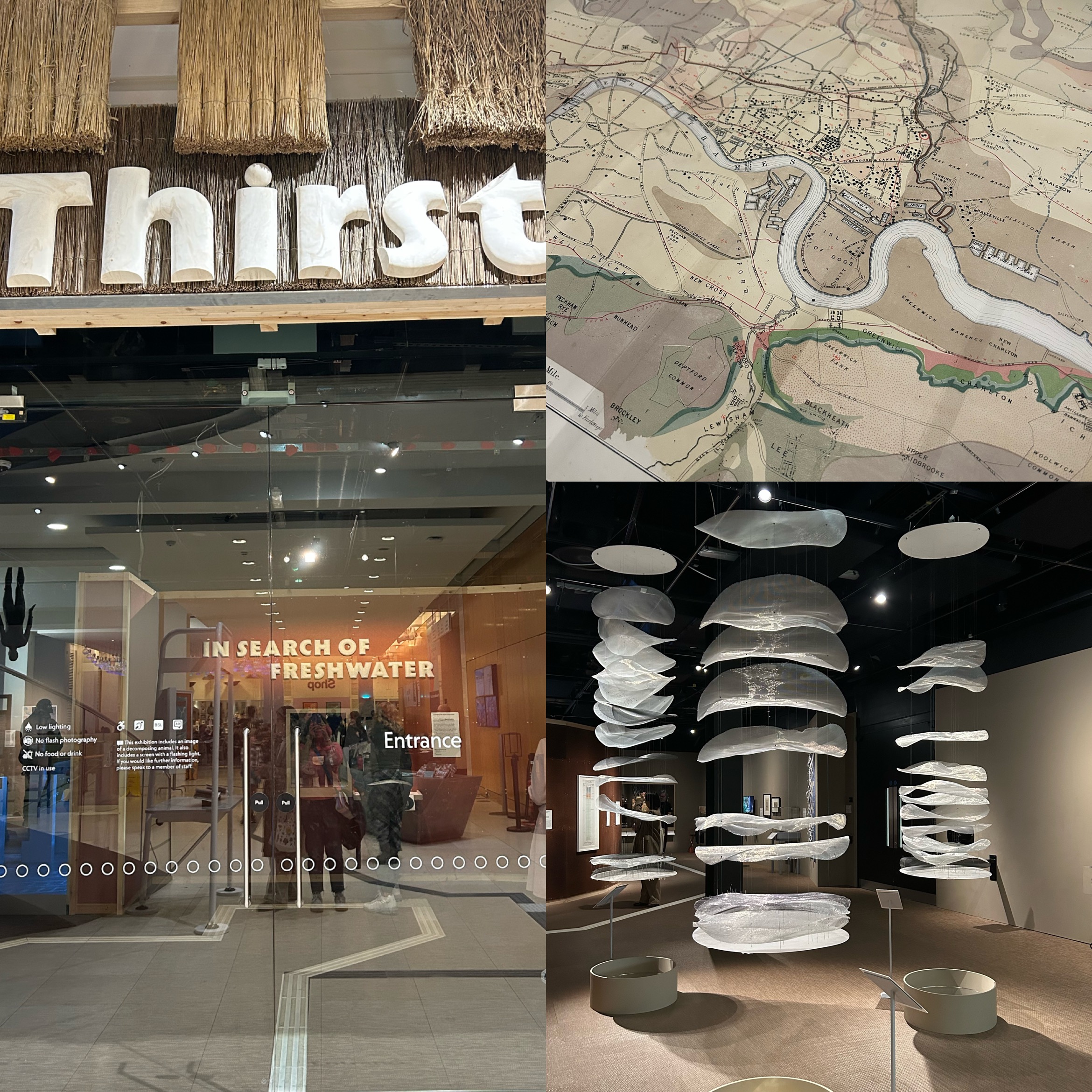
I got a closer look at the map of Cholera distribution during the last outbreak in London (1866). Saw a ton of other early visualisation works. Below are a few: the earliest account of war for water in a cuneiform tablet, early meteorological studies, albeit for colonial extraction, and an ancient decorated drain cover.
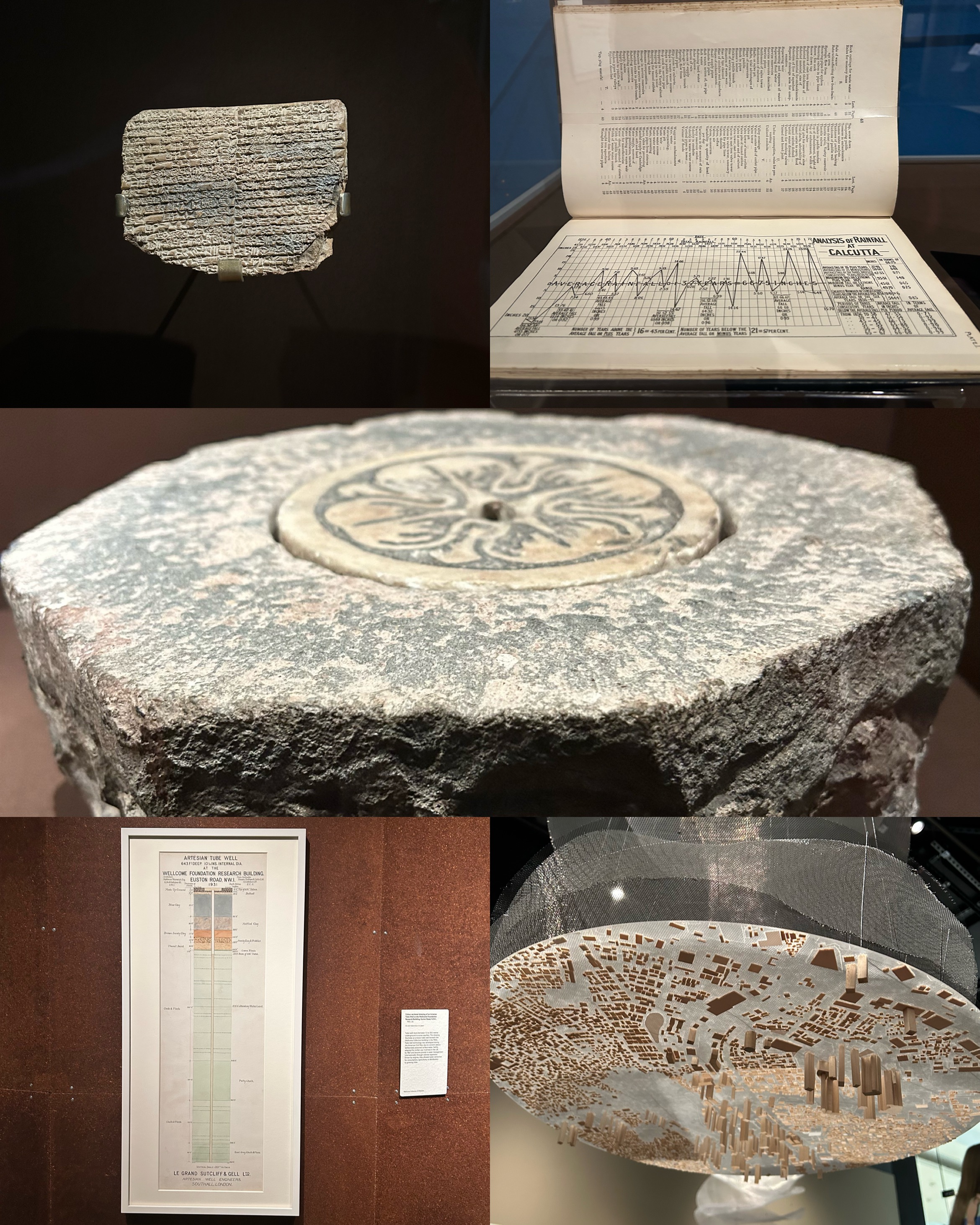
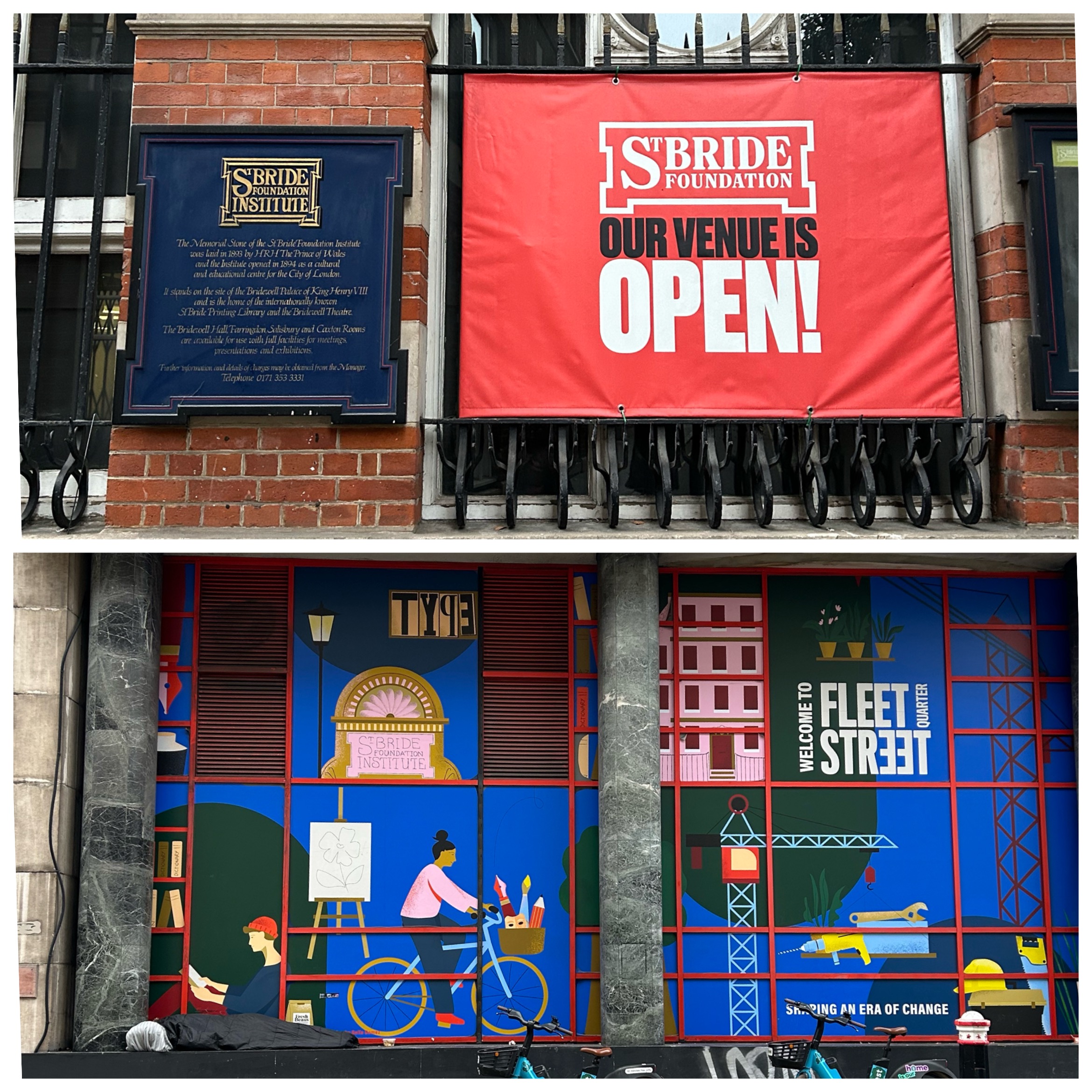
Had the pleasure of a front row view into Kelli Anderson's book and talk Alphabet in Motion at the St.Bride Foundation. Phenomenal piece of paper engineering exploring the history of type and technology!

The book is a visual treat in itself but Kelli also went the extra mile sprinkling all that rich history into incredible essays and included them in the book. She walked us through her process of 5 years and IMO it is every maker and prototyper's dream space to be in.
This book is a catalogue from the exhibition AI: More than Human at the Barbican (16 May - 26 Aug 2019)
It presents a deep dive into our long-running fascination for creating 'intelligence', tracing the rapidly evolving story of AI in terms of philosophical, creative and scientific approaches and offers some perspectives on what it means to be human given how intertwined humans and machines have become.
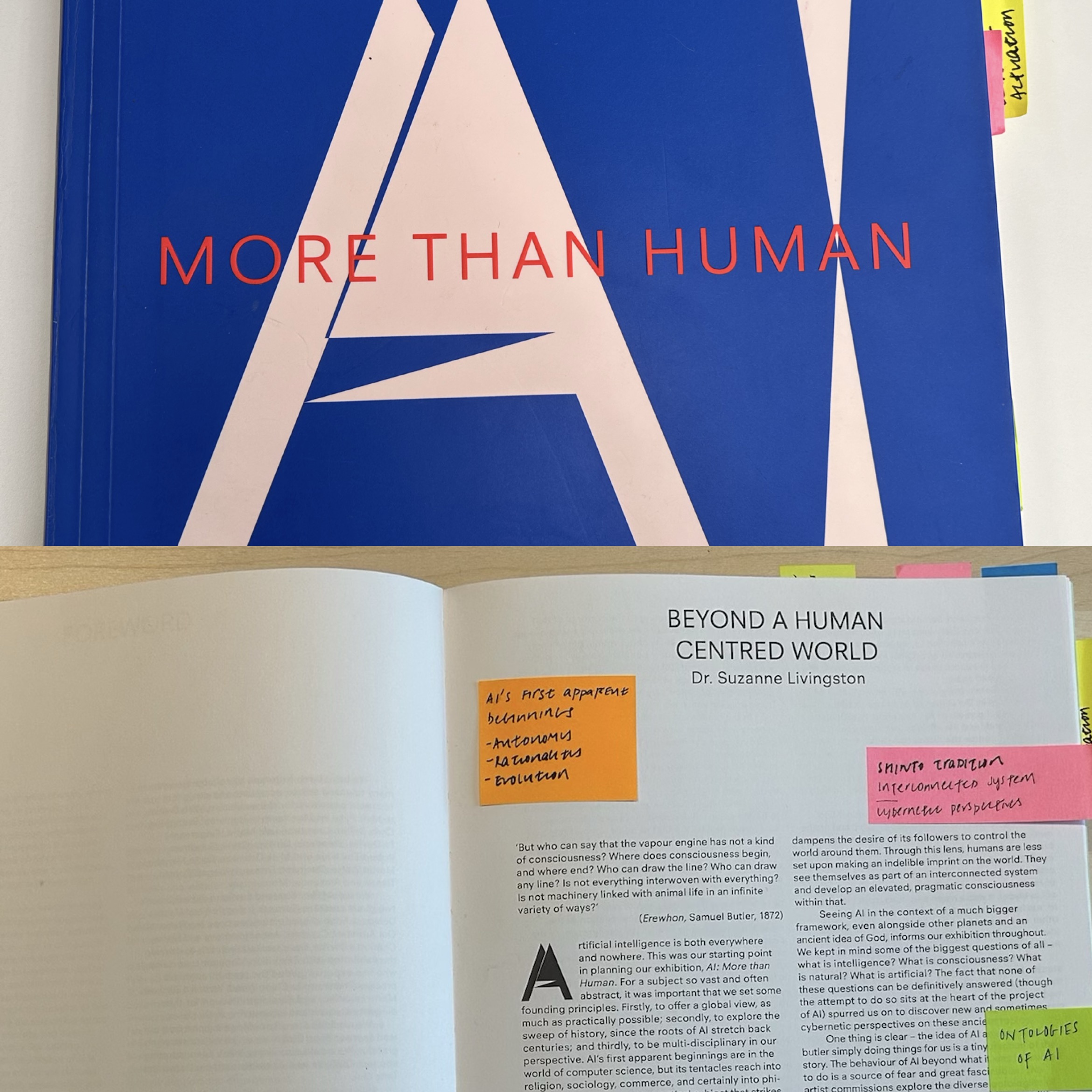
It’s been a year of slow, steady work at Zen Citizen, and leading UX here has been nothing like building a typical product.
You’re designing for the cautious, the frustrated, and the skeptical. Our tools and services have to anticipate user fears, guide people through uncertainty, and work around the huge diversity of tech access, languages, and trust levels in India. The rewards aren’t instant. You are taking ten steps forward, five back, and then figuring out a new way through.
But when someone tells us they managed to get something done without paying a bribe or relying on a middleman, it makes all the loops and effort worth it.
Can’t think of anyone more resourceful than Vineeta, and all the fellow volunteers digging through PDFs, RTIs, forum threads, and half-functioning portals to piece together accurate information.
Grateful to be part of this journey and to work alongside people who are committed to simplifying things that were never meant to be simple.
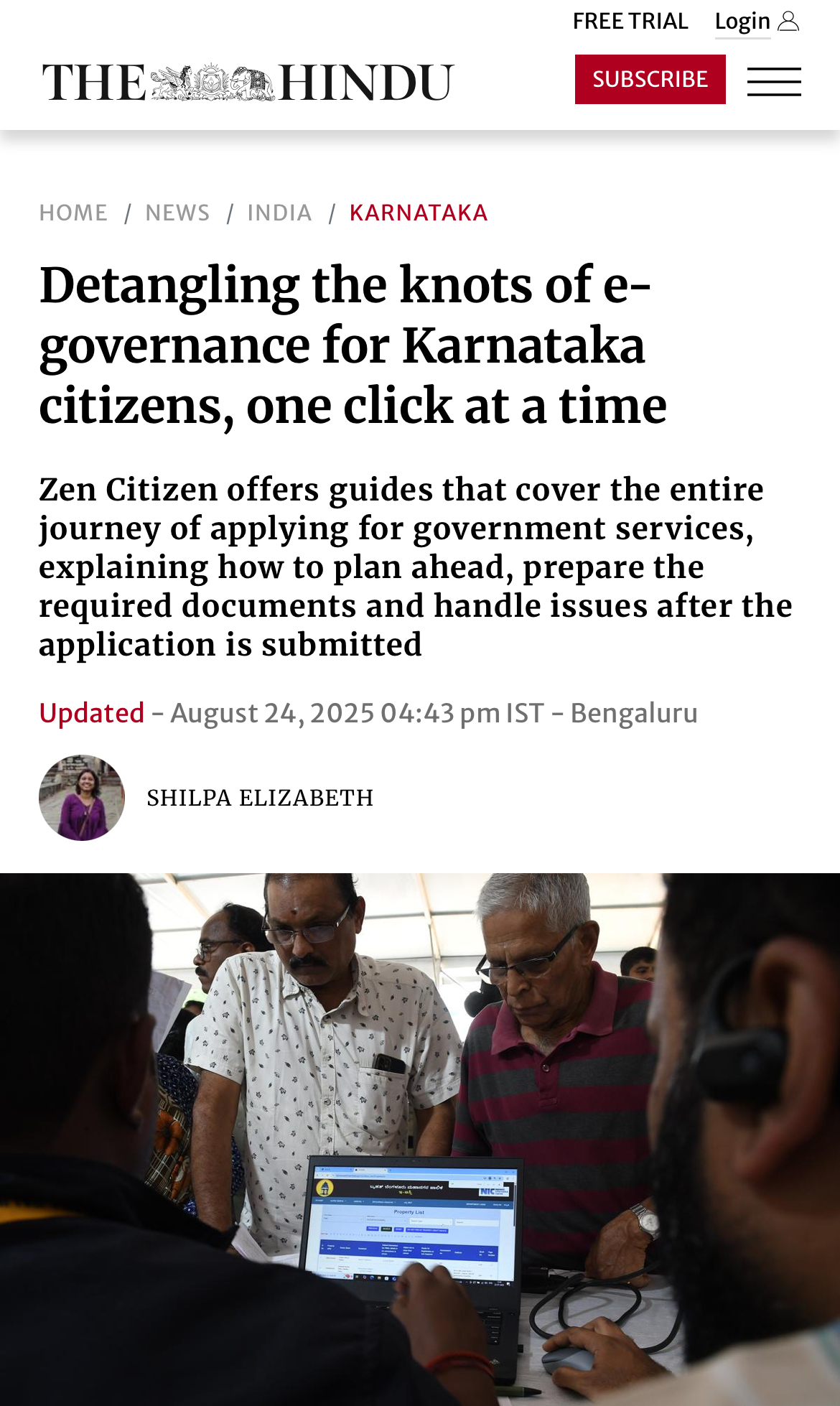
The Ink & Switch team organised a social at the Tldraw office in London to share some recent news and research from the lab. Peter Van Hardenberg gave a presentation on Malleable Software and demo on Patchwork. Loved the bonus super cool demo from Lu Wilson on recent experiments and updates from Tldraw.
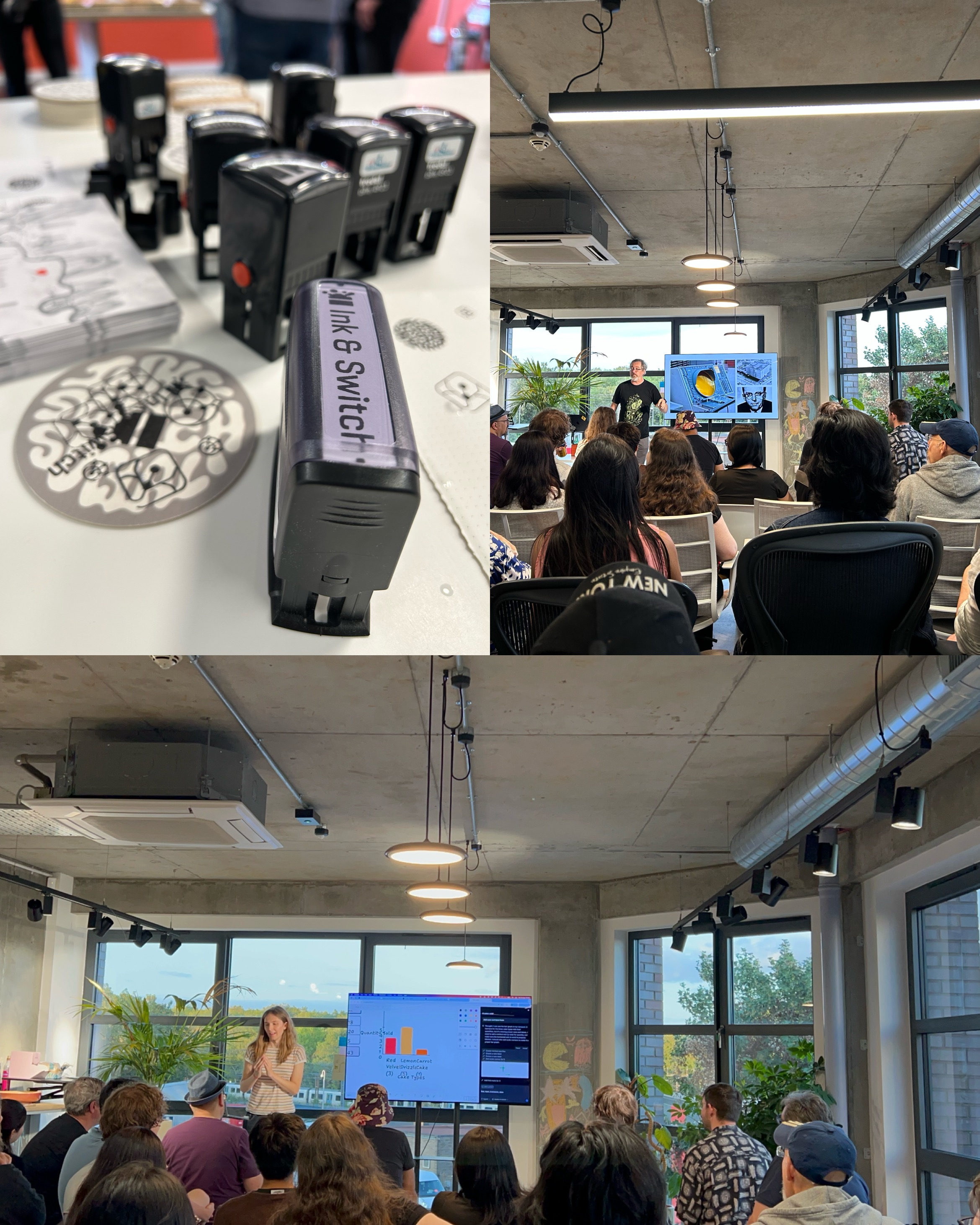
But, soft, what light through yonder window breaks? It is the east, and
Juliet is the sun.
(Romeo, Act 2 Scene 1)
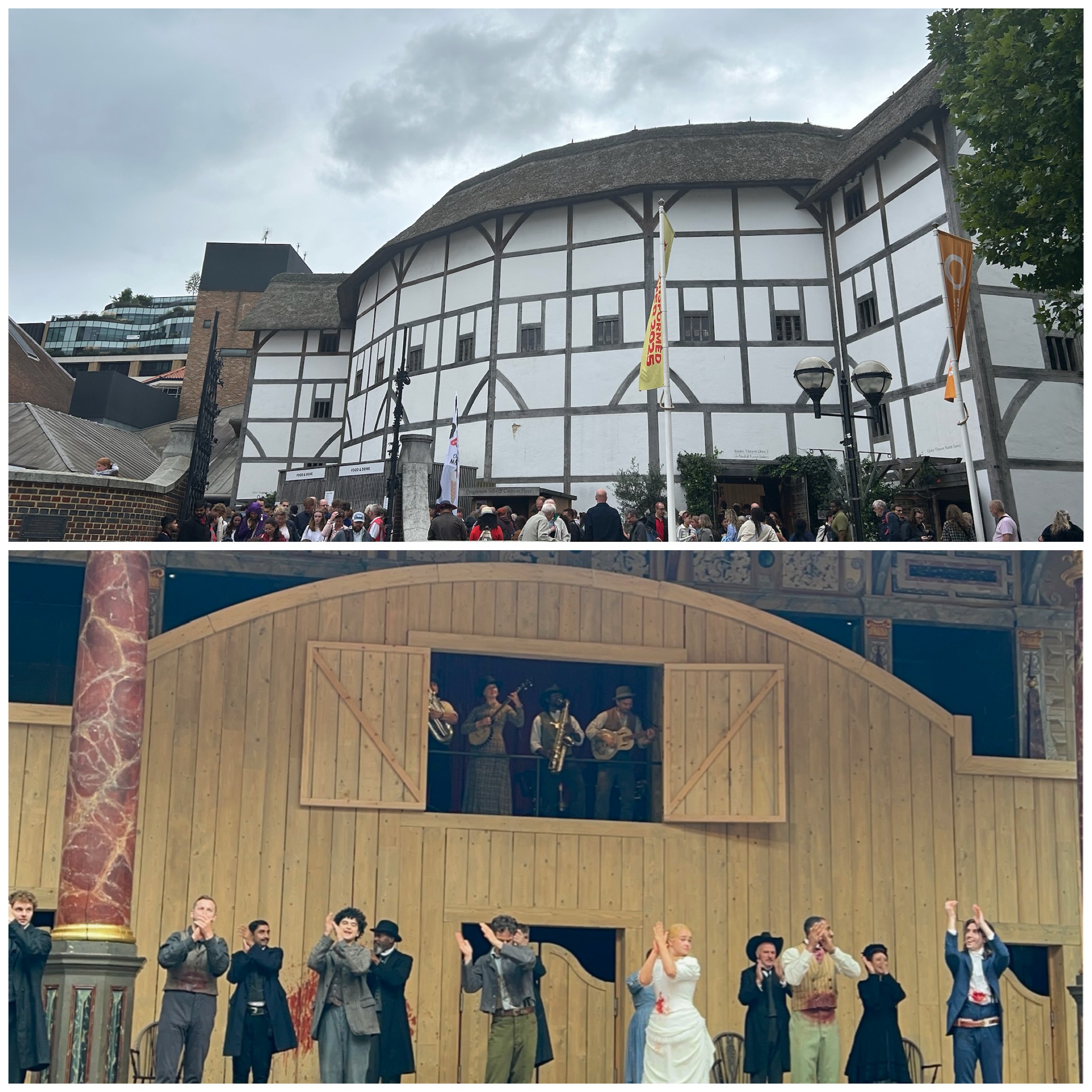
Why should we break our backs
Stupidly paying tax?
Better get
some untaxed income
Better to pick-a-pocket or two.
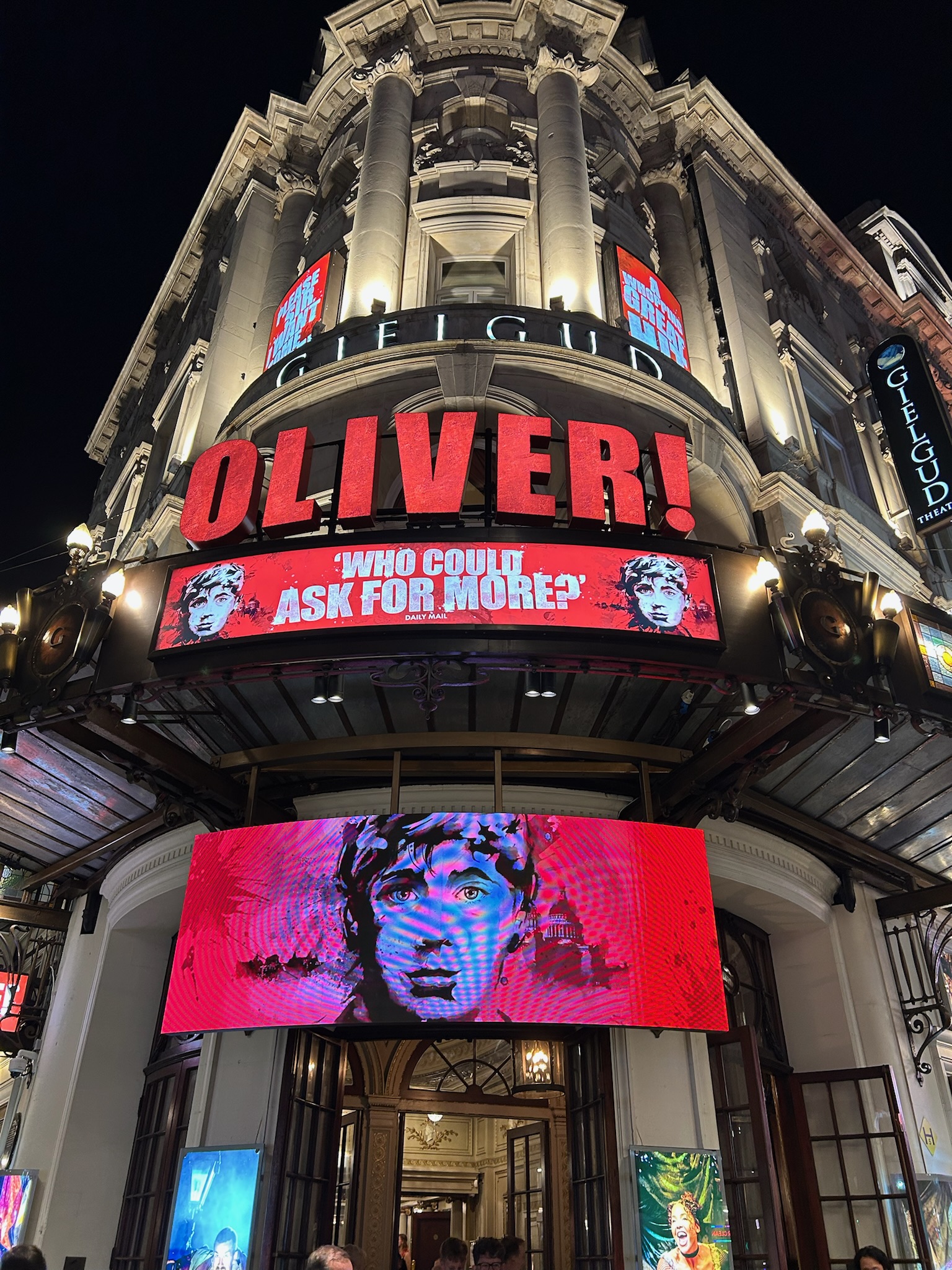
Ran my data walking and sensory mapping workshop once again this year in collaboration with London Data Week. Chose the Royal Docks as our venue. With a rich layered history, it lended itself naturally to place based exploration. It was a nice way to connect with all that history, while also noticing how it feels to move through that space now.
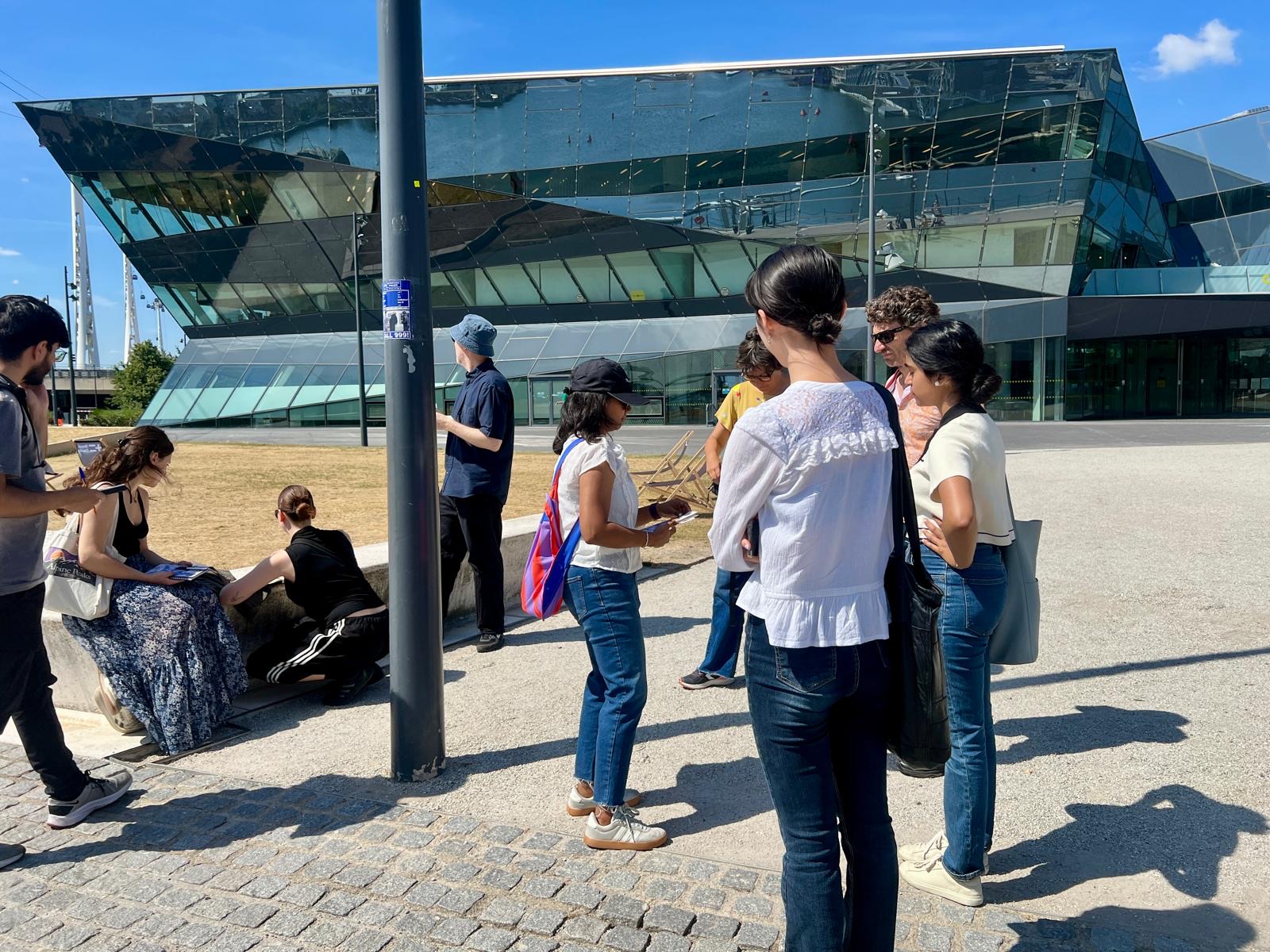

Wrapped up my data walk and talk at the State of the Map US. I advocated for a more expansive data collection and mapping practice: one that charts the subjective, messy, and affective layers of 'place'.
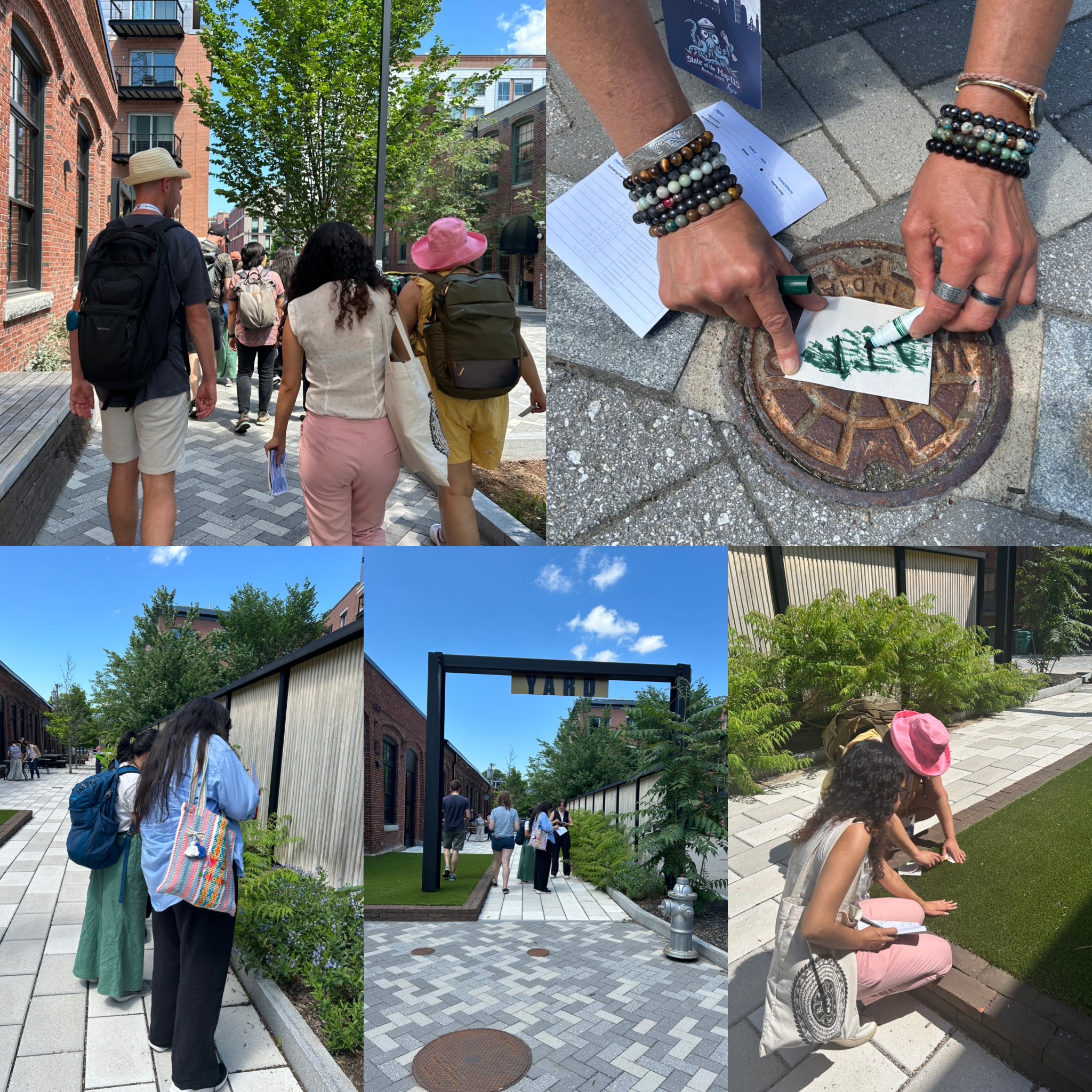

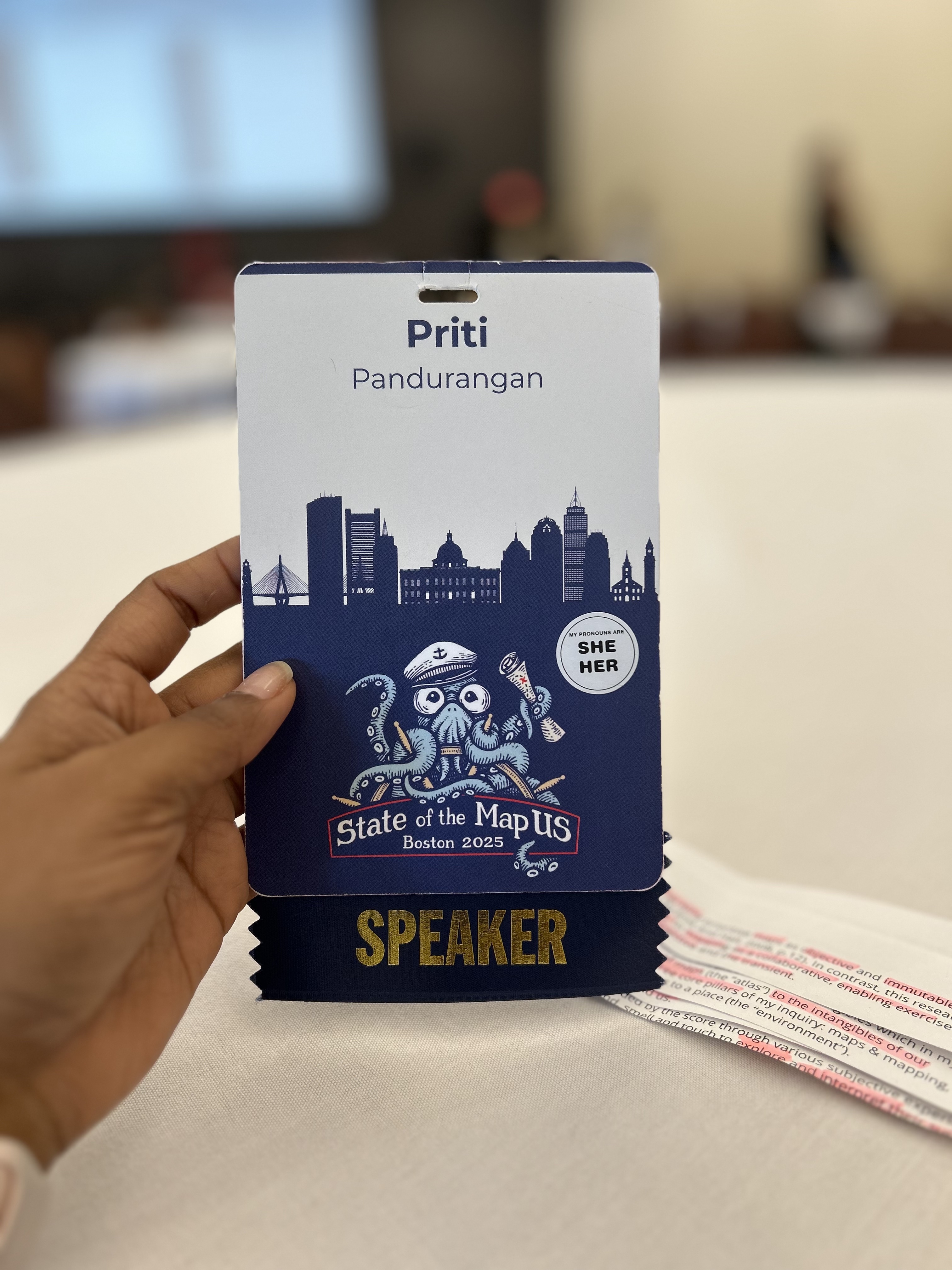
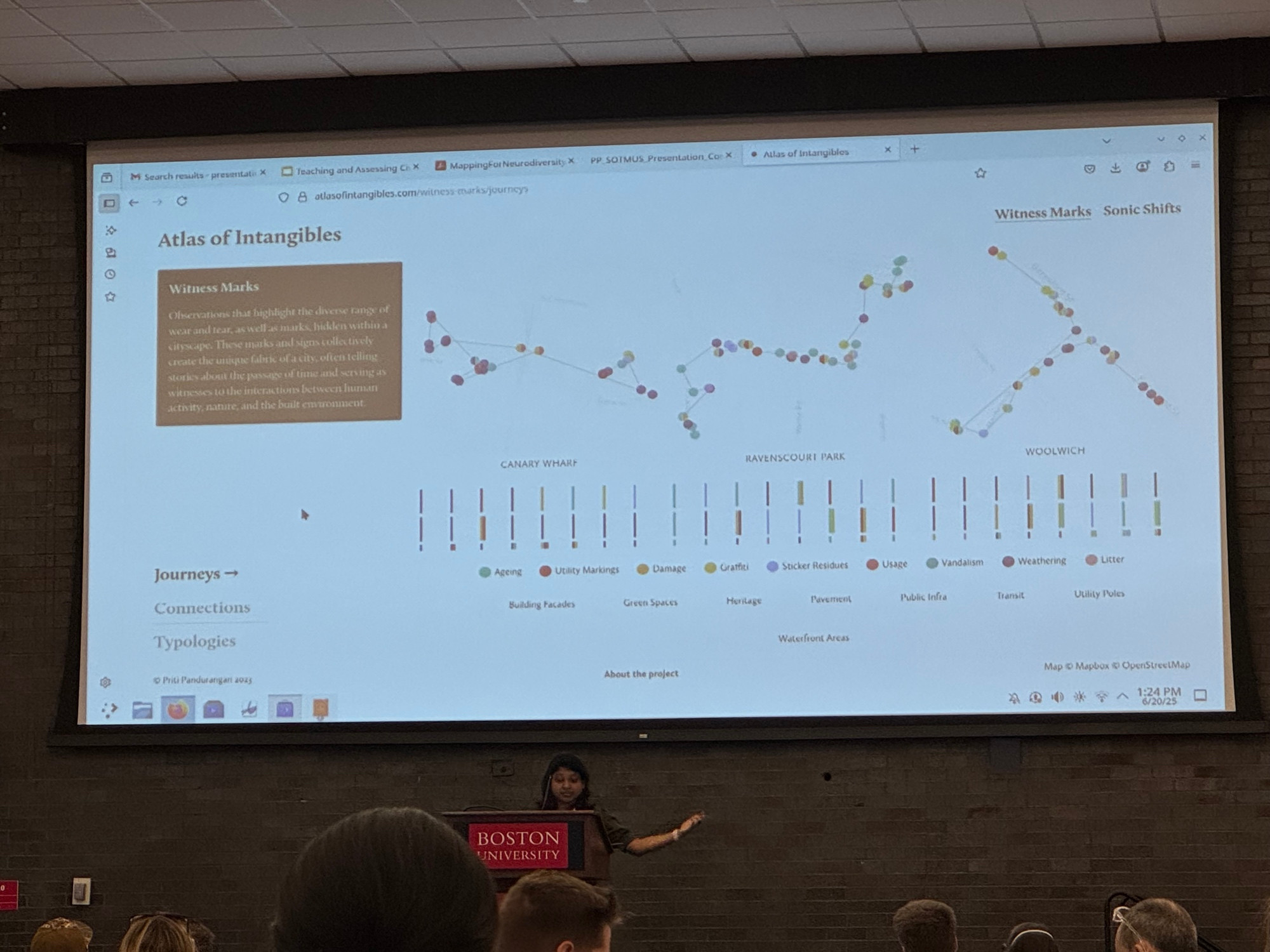
Dropped by the MIT Museum. The collection ranged from early robotics to kinetic sculptures brought to life. The AI: Mind the Gap exhibition explored the promises and pitfalls of Artificial Intelligence in a way that seemed both thoughtful and urgent. I liked how the space felt less like a museum and more like an ongoing conversation.
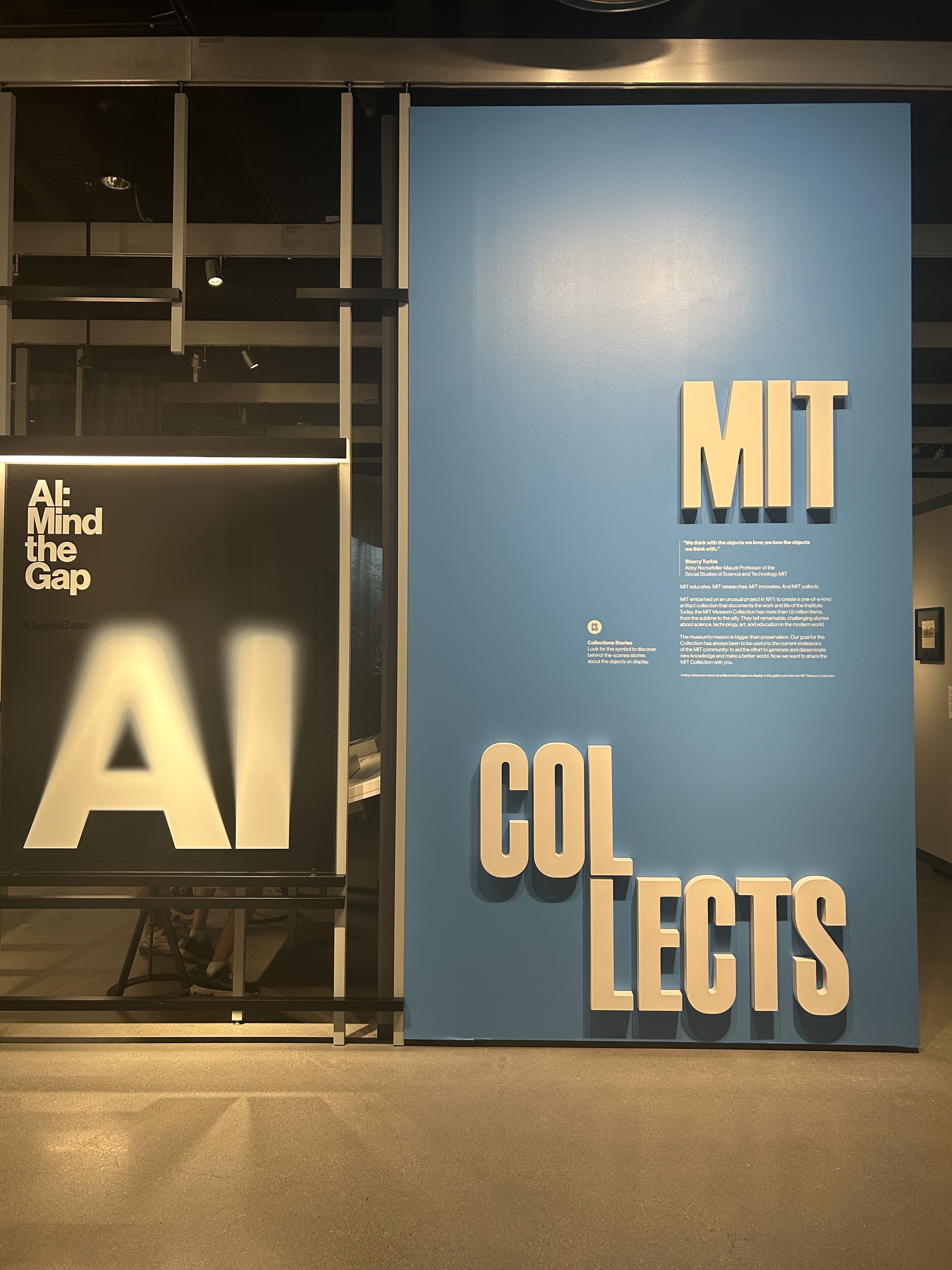
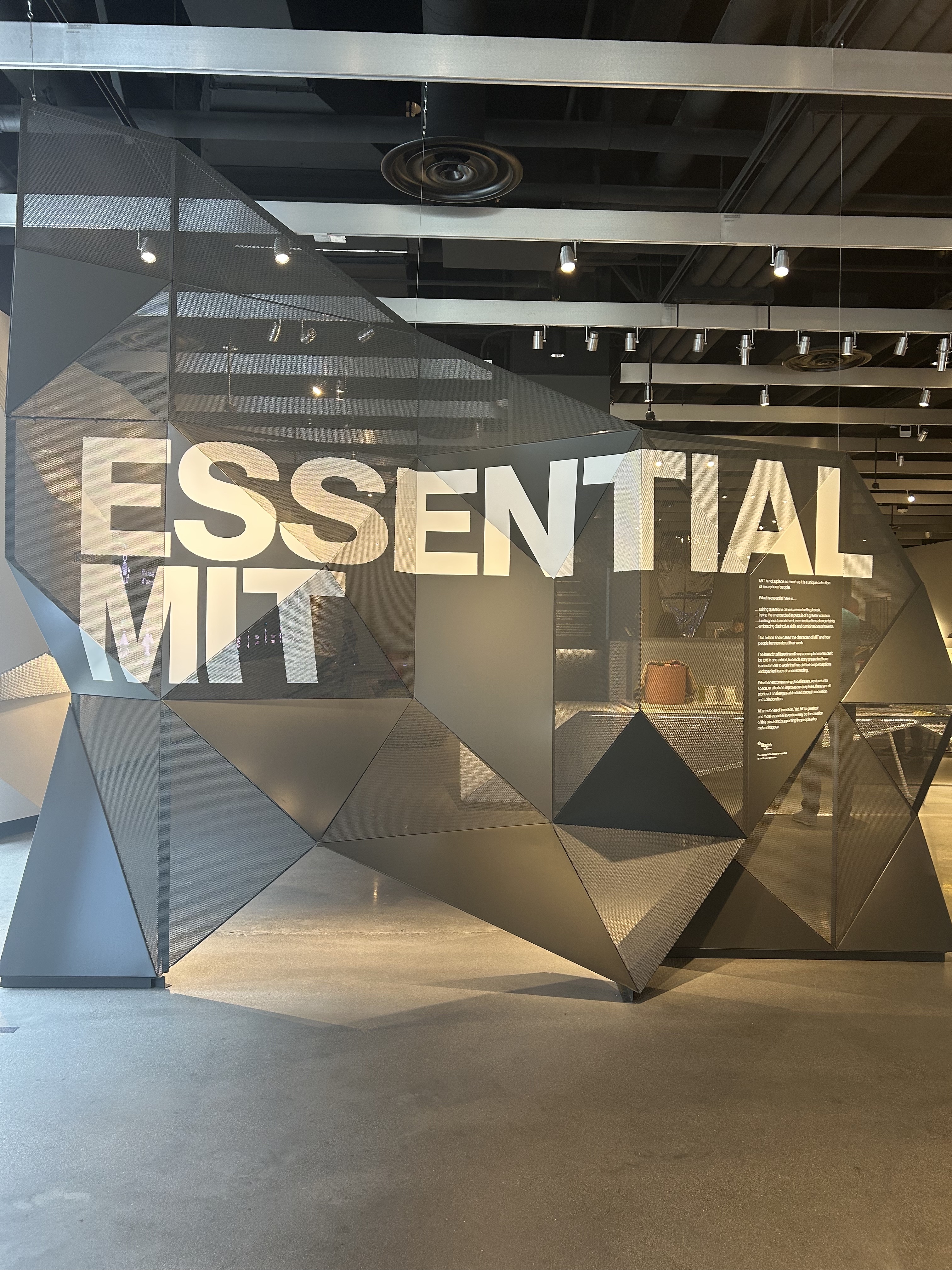
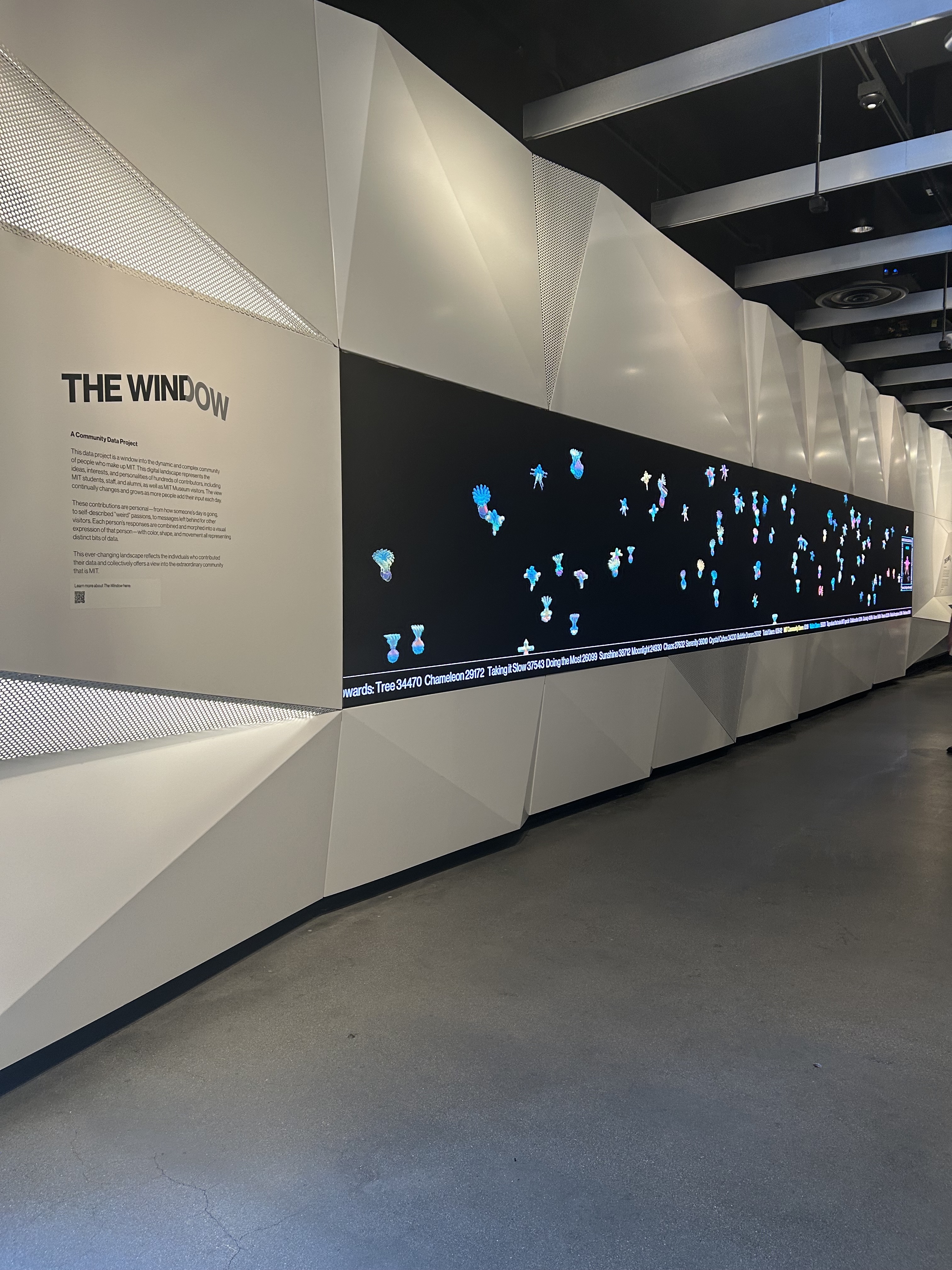
Visited the Letterform Archive to check out their One Hundred Objects of Typographic Design. The warmest folks kindly let me dig through their collection, flip through some incredible books, and just soak in the space. Type nerd heaven!
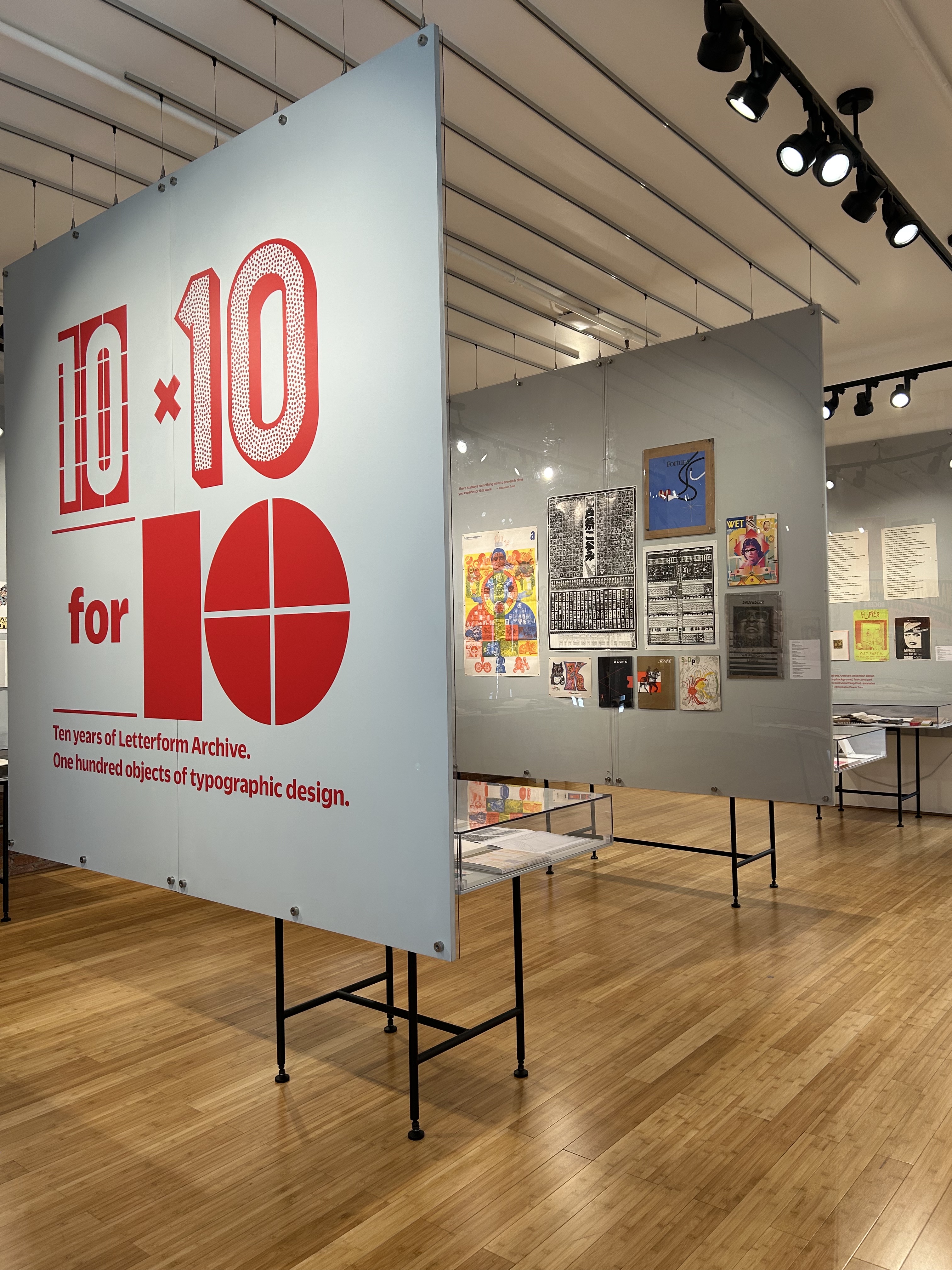
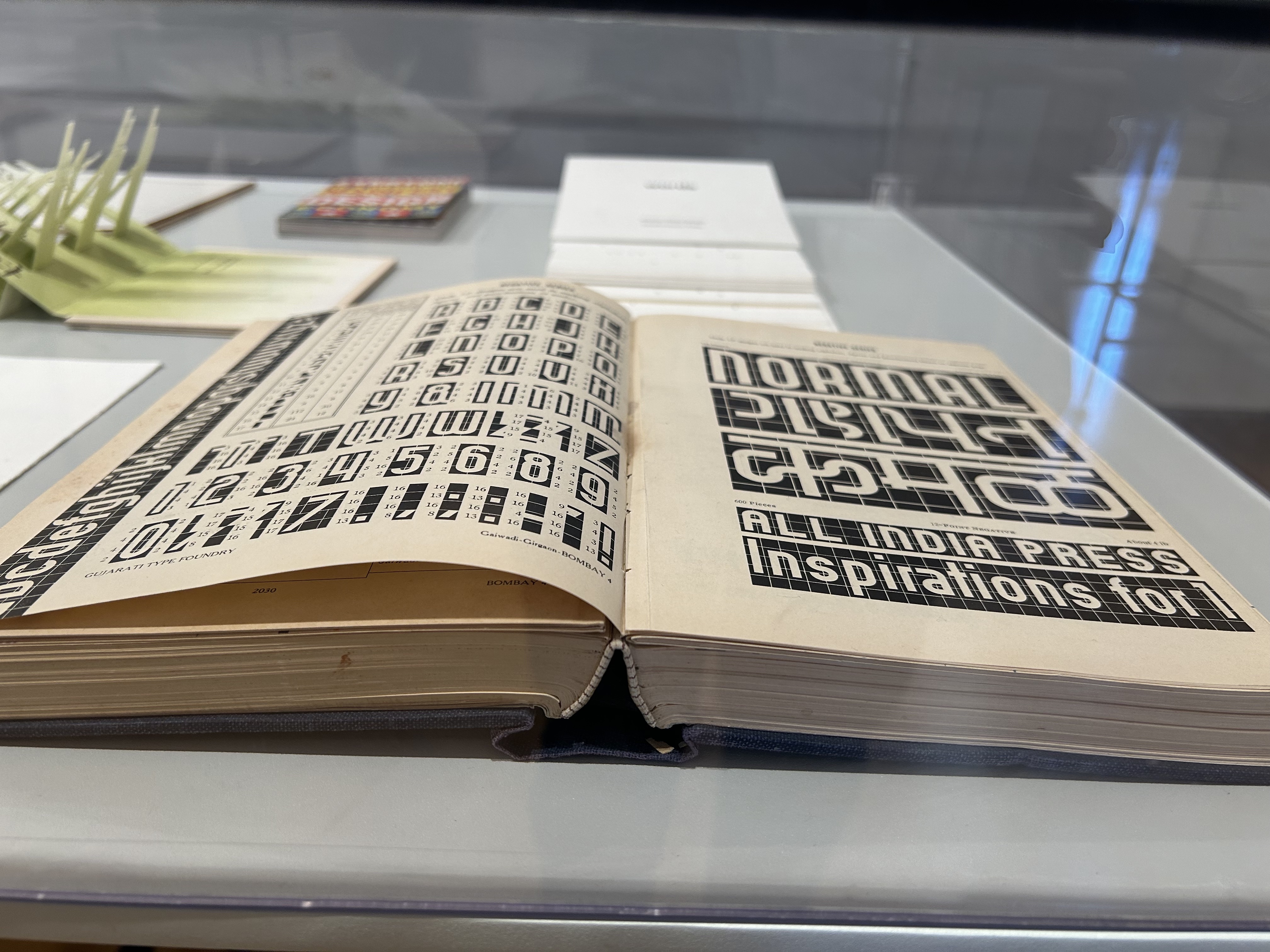
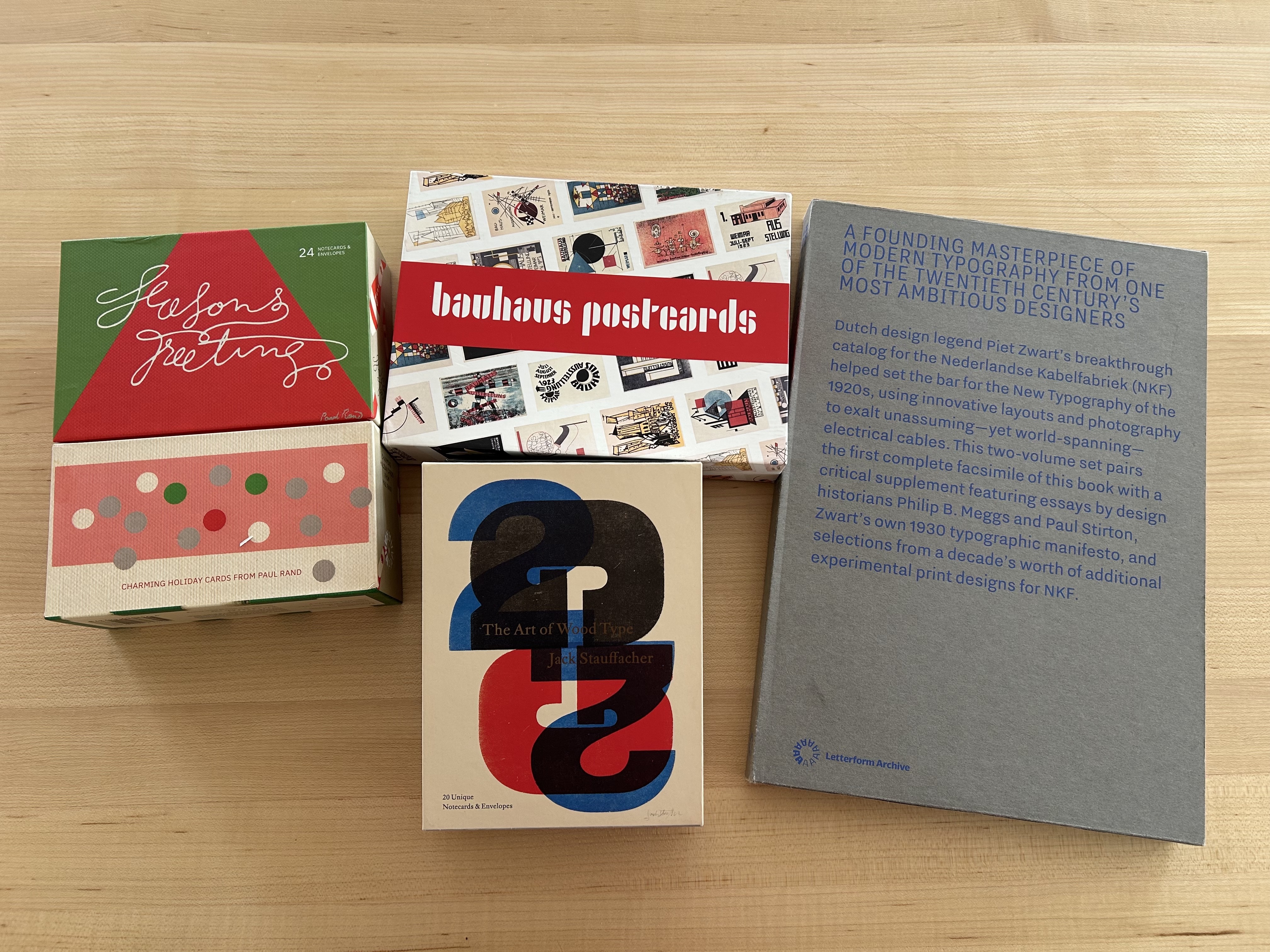
I visited the SF Exploratorium and honestly, it was an absolute delight! Got to play around with science in the most fun, hands-on way. It totally made me feel like a kid again.

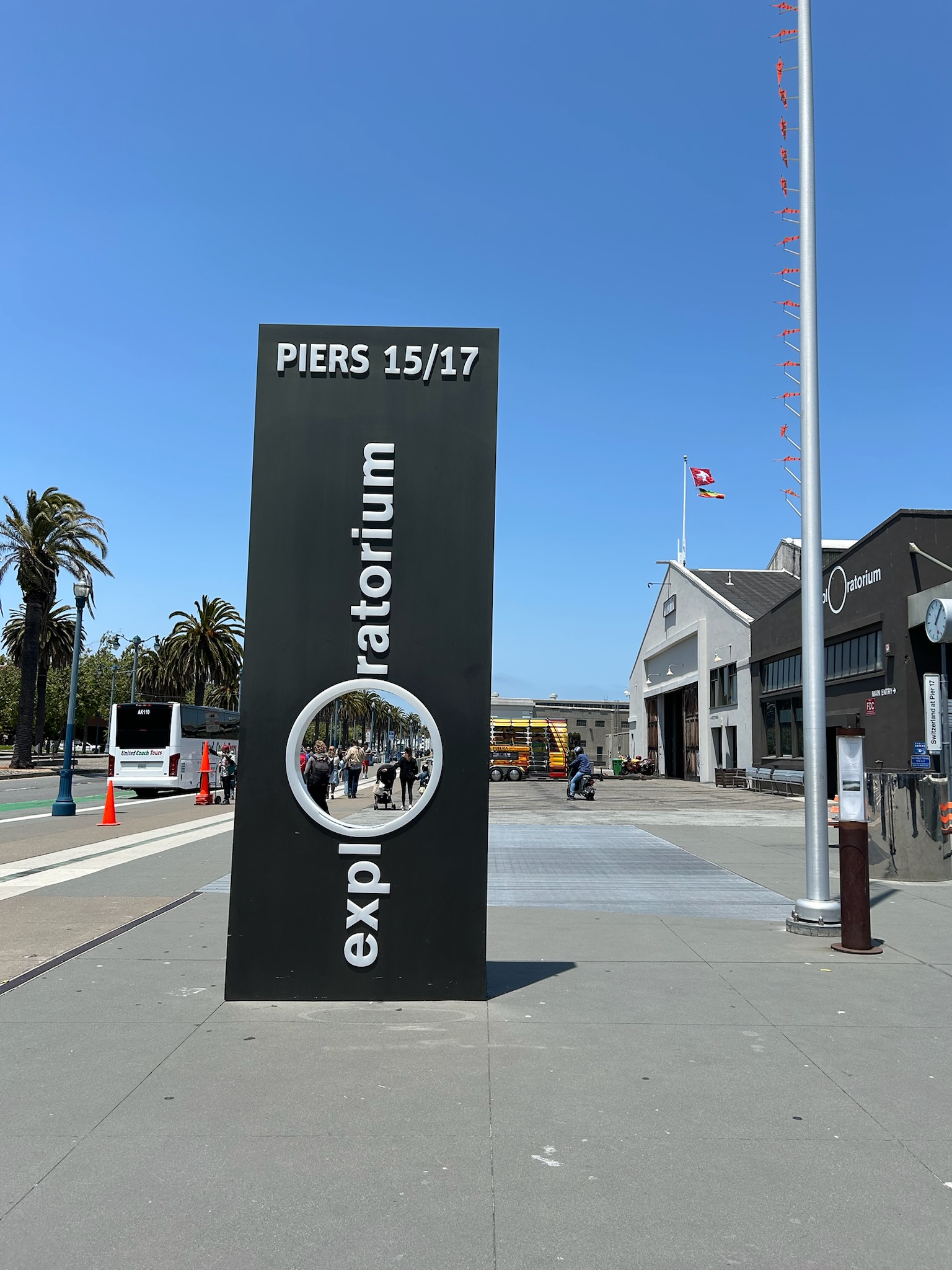
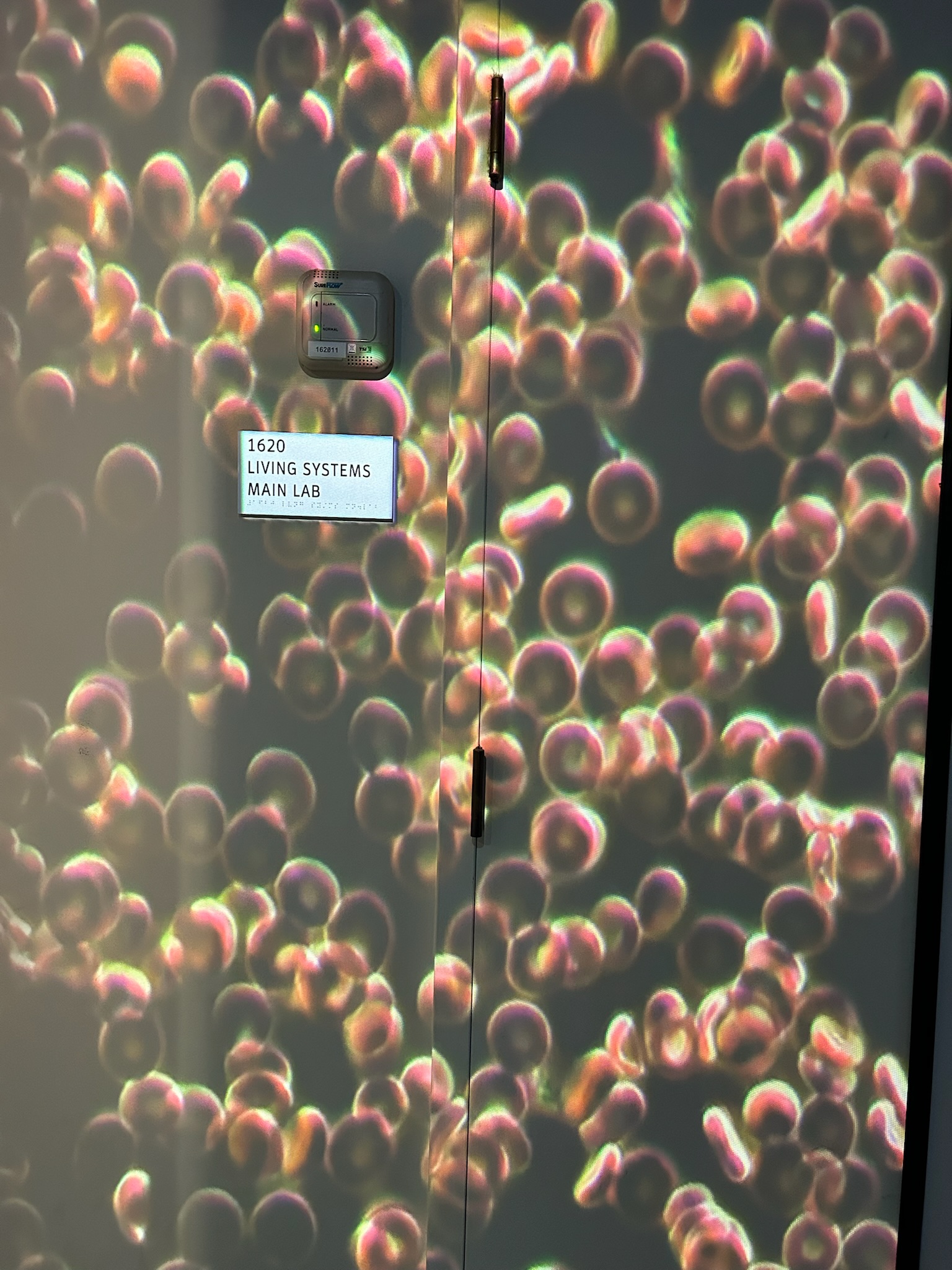
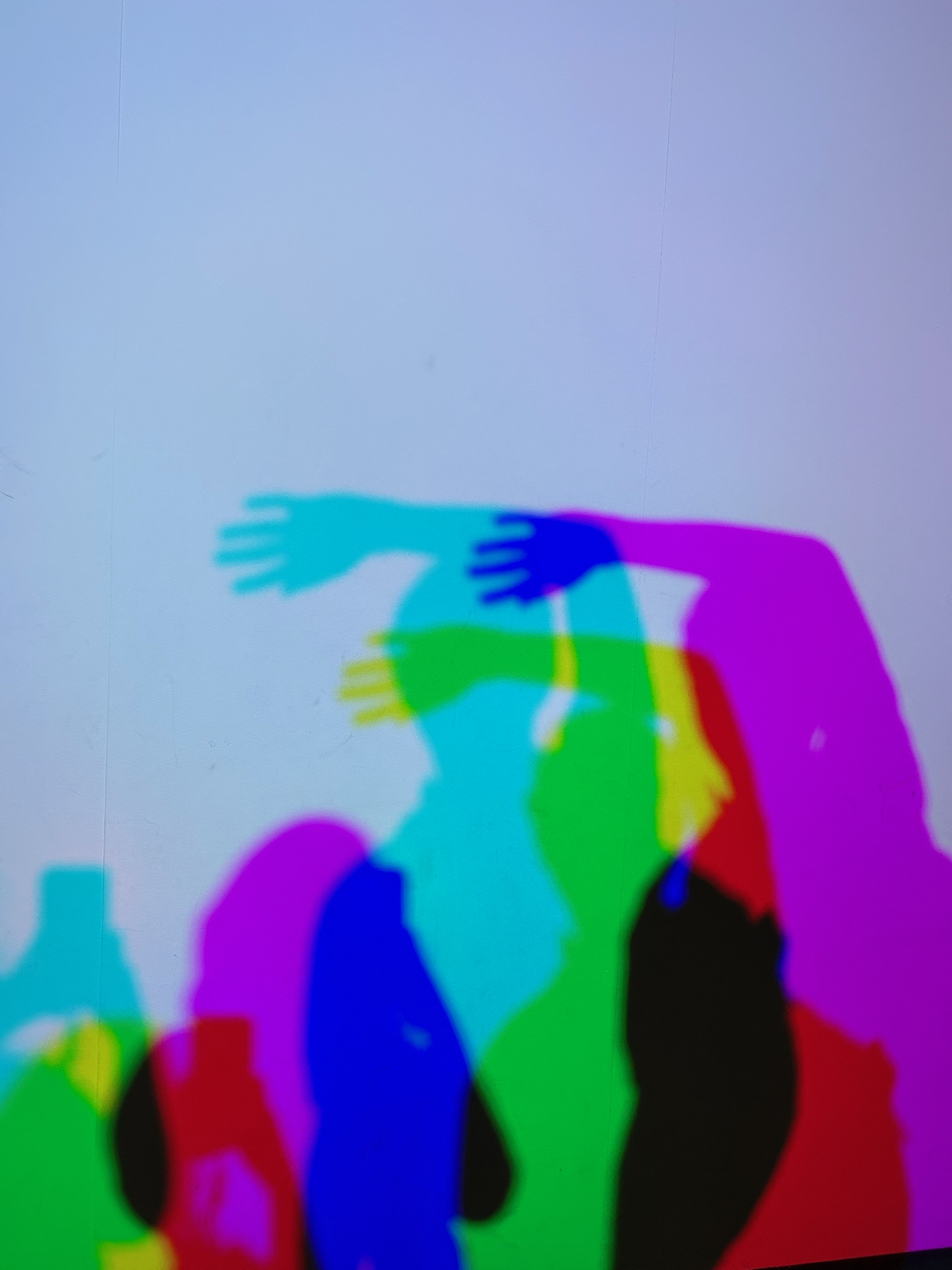
I was at the Feel the Sound exhibition today at the Barbican. A genuinely absorbing experience with 11 different installations. The works are spread across the building, even into the car parks and outdoor spaces, and each one explores sound in an unique way.
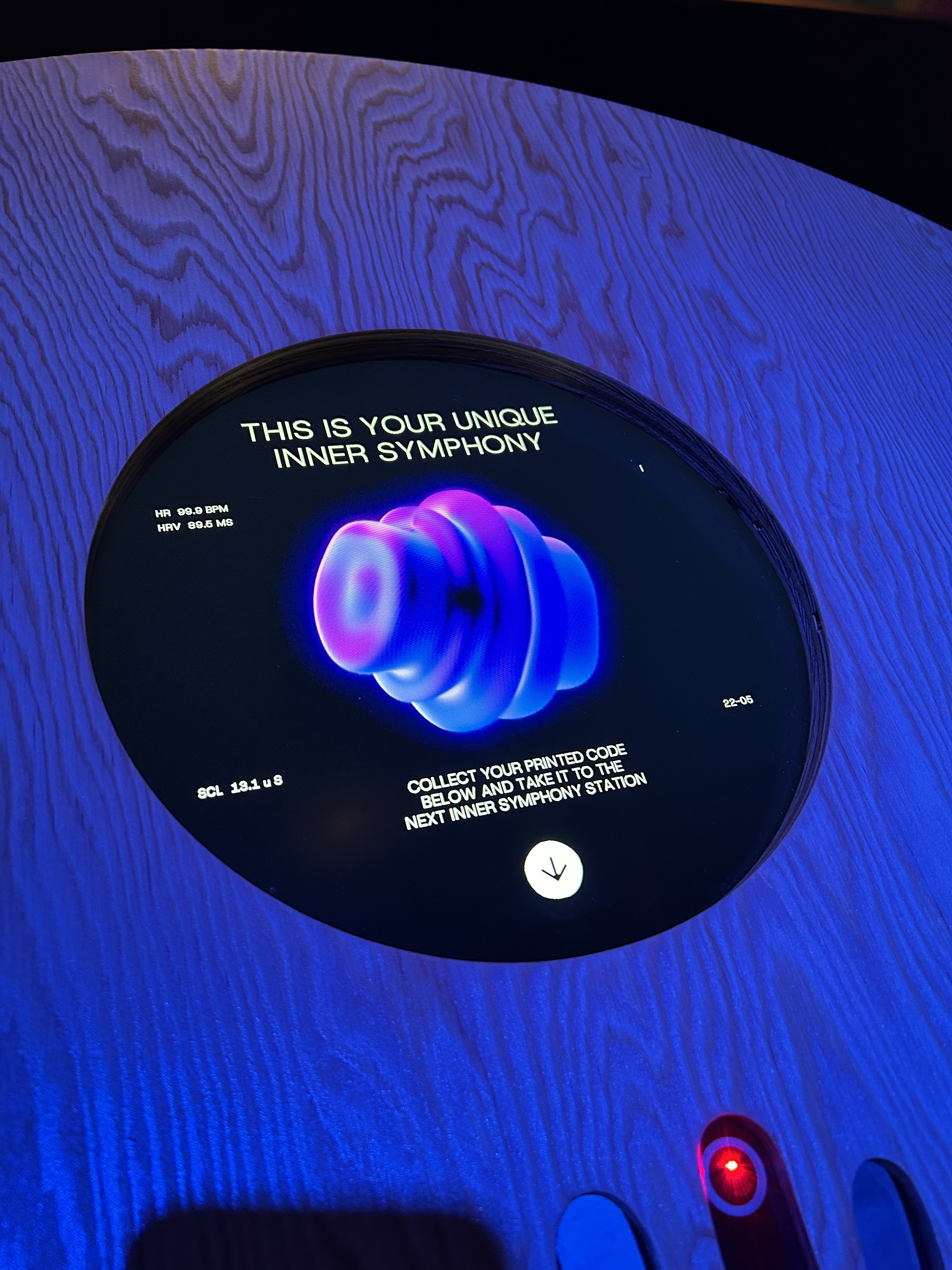
A few pieces really stayed with me. I found Forever Frequencies by Domestic Data Streamers quite moving. It maps personal memories onto sound, so, I was naturally drawn towards it, given my interest in building collective archives. I also really liked Elsewhere in India's futuristic piece. I'm seeing their work for the second time in London. A visually lush and layered installation that embraces India’s cultural richness and unapologetic maximalism.
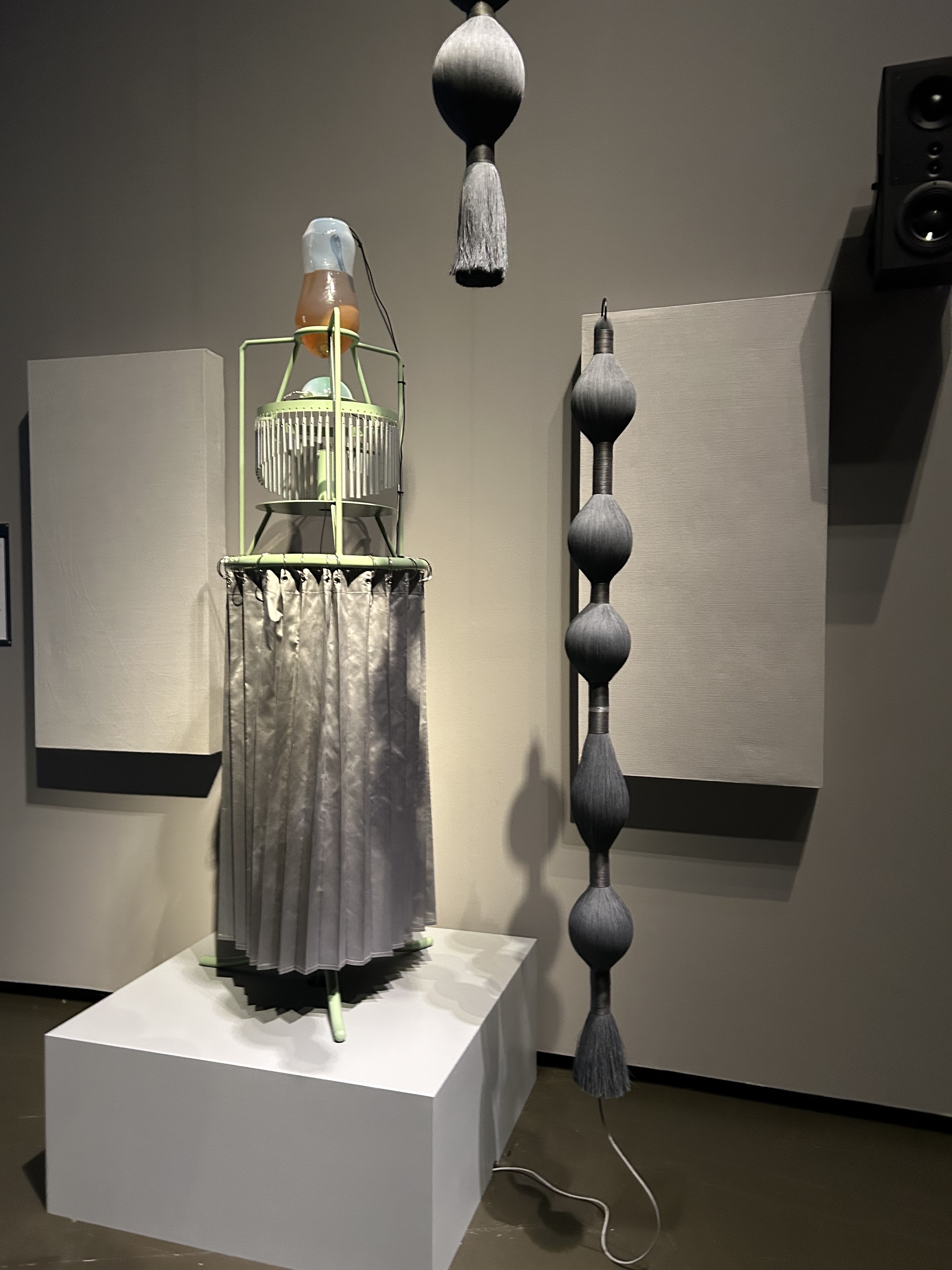
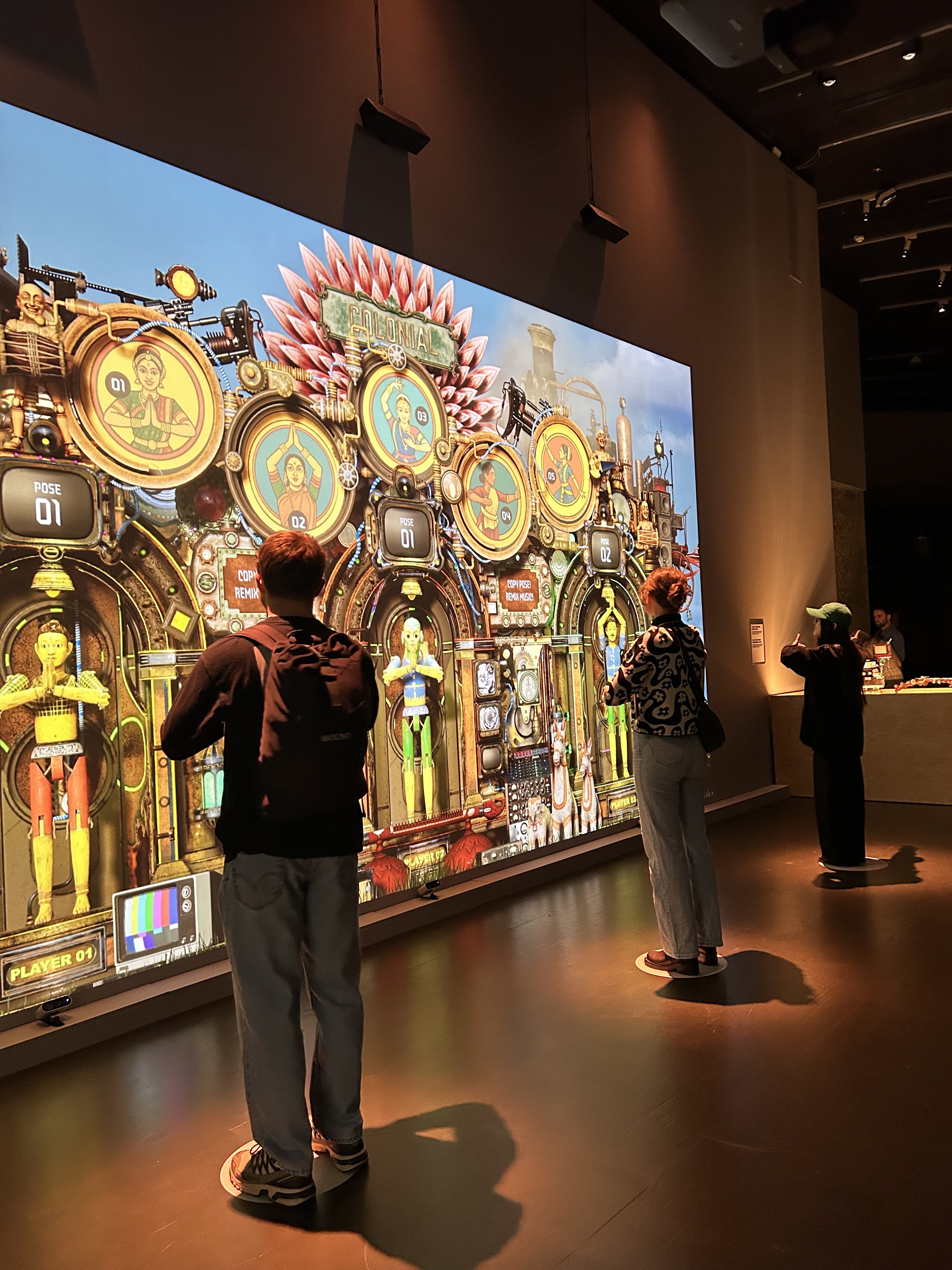
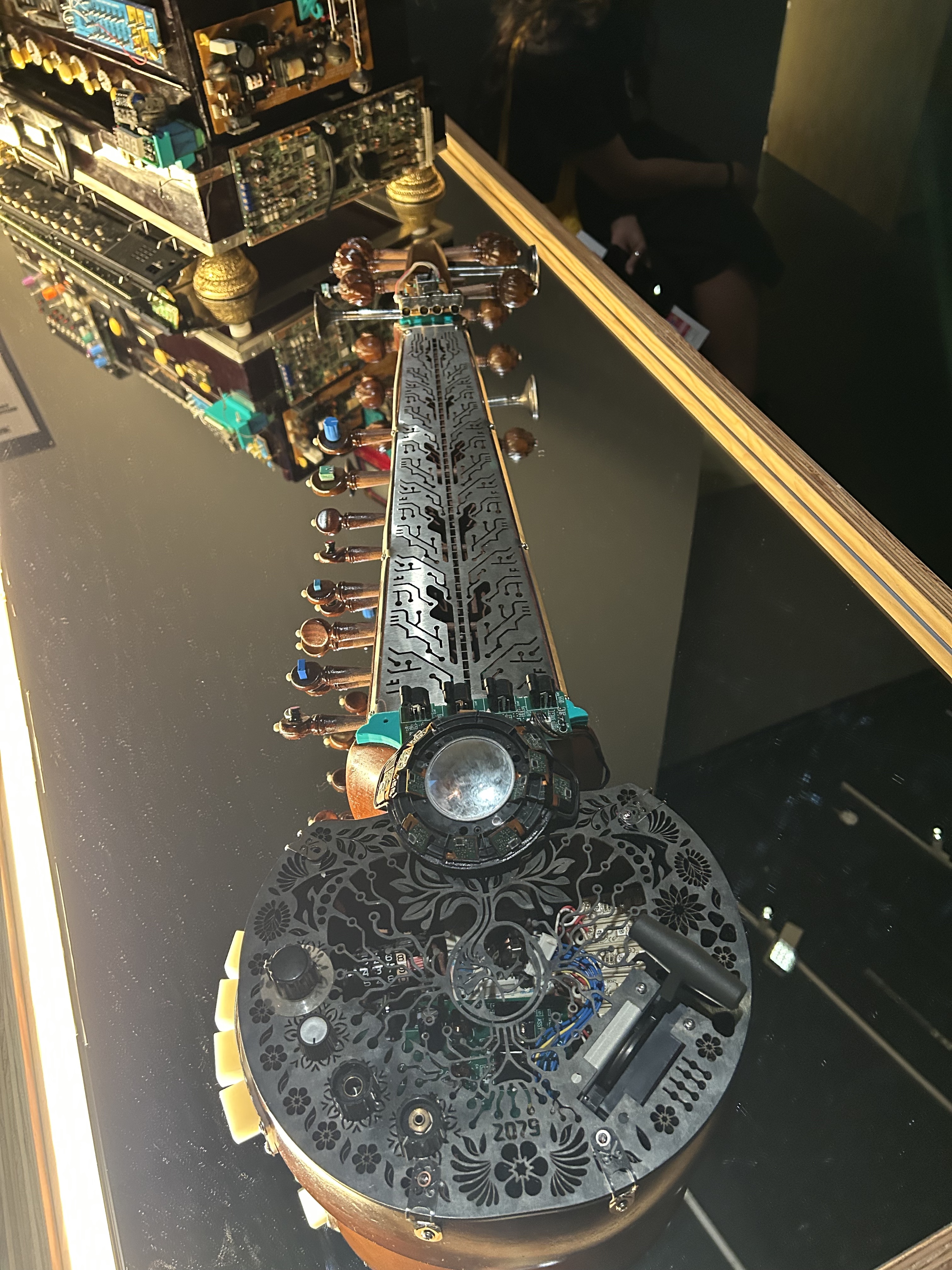
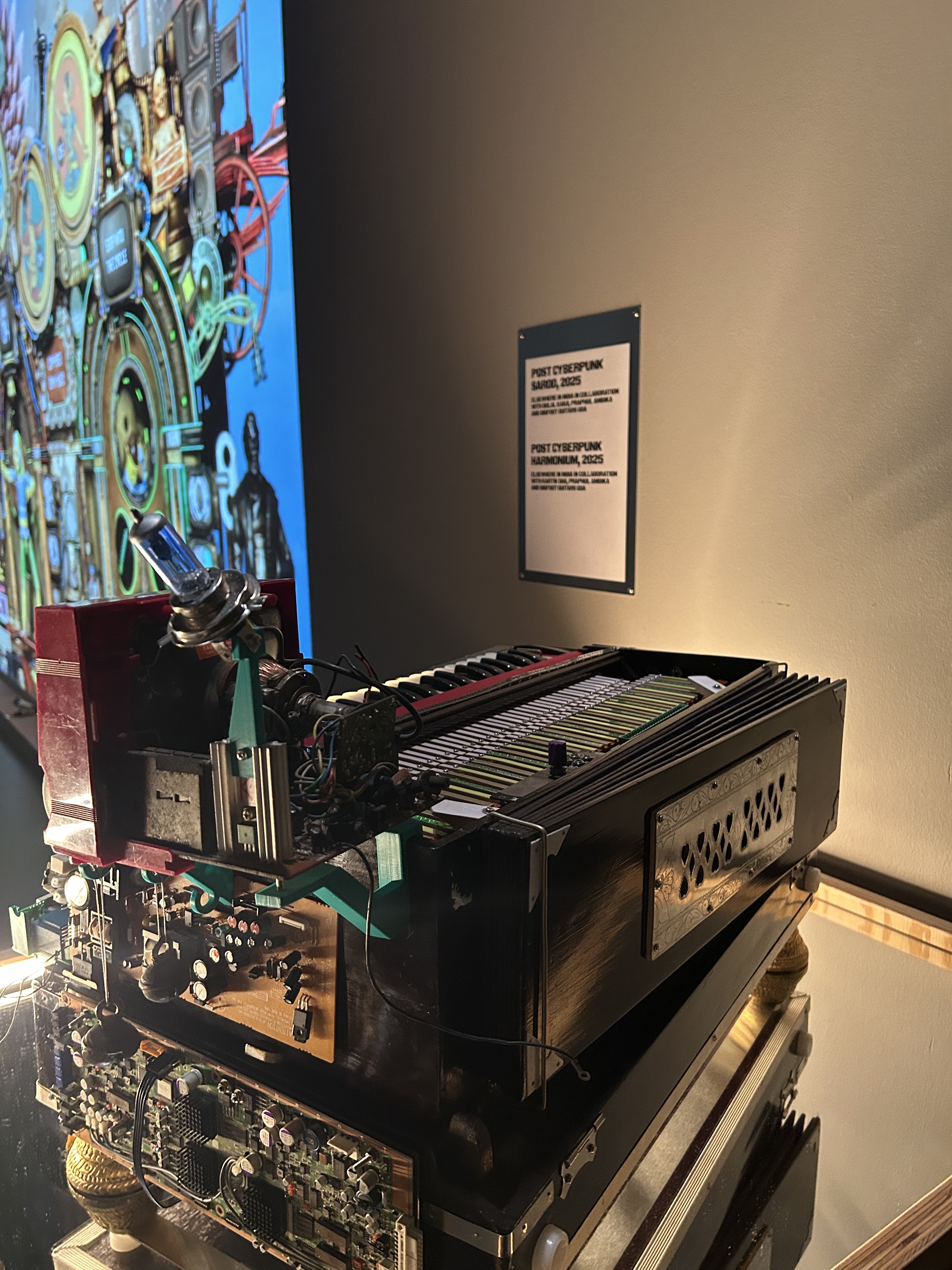
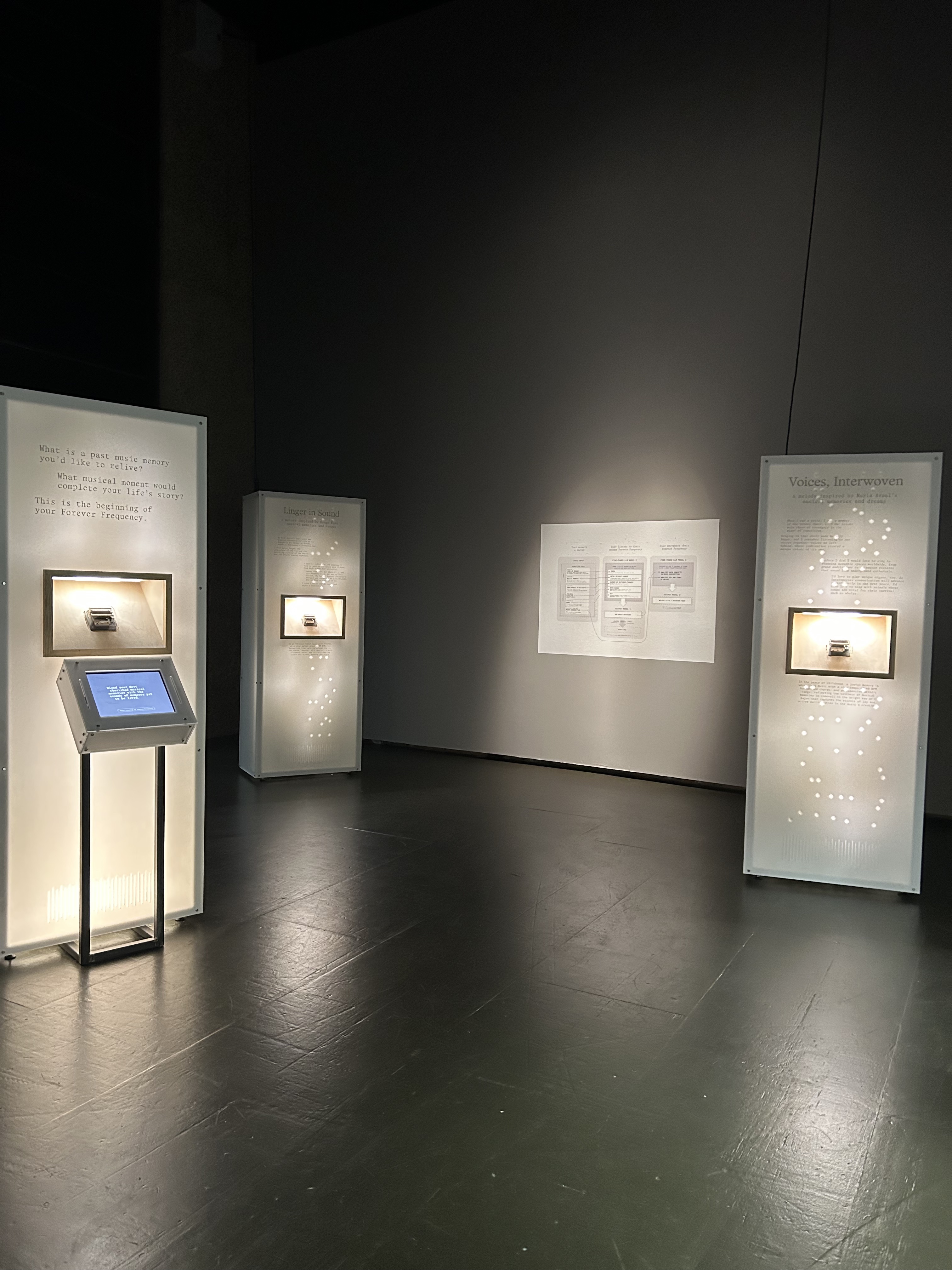
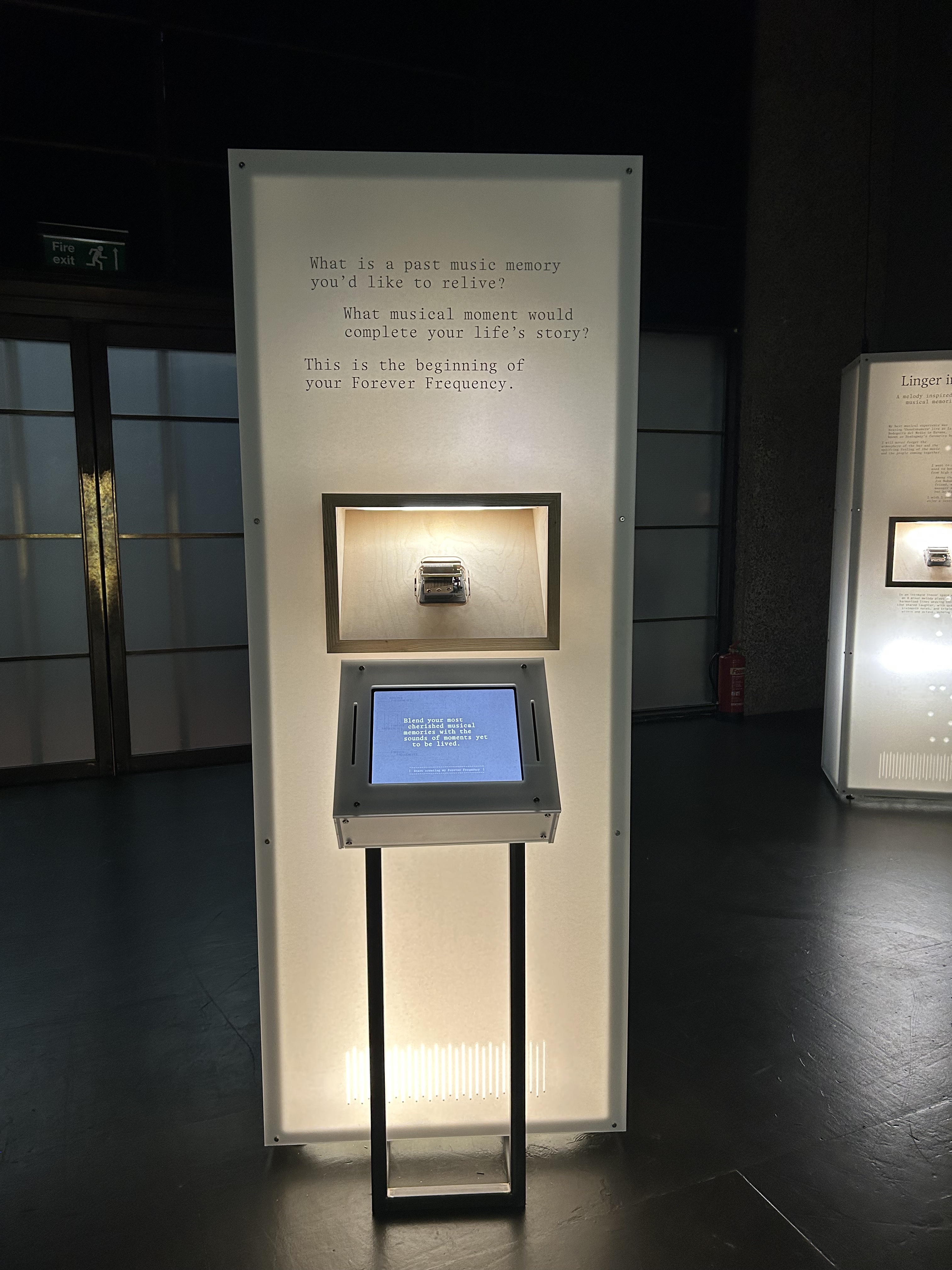
There were some more grounding moments too, like encountering classical works by Ryuichi Sakamoto. And then there was Joyride by Temporary Pleasure, lighting up a car park with colour and bass!
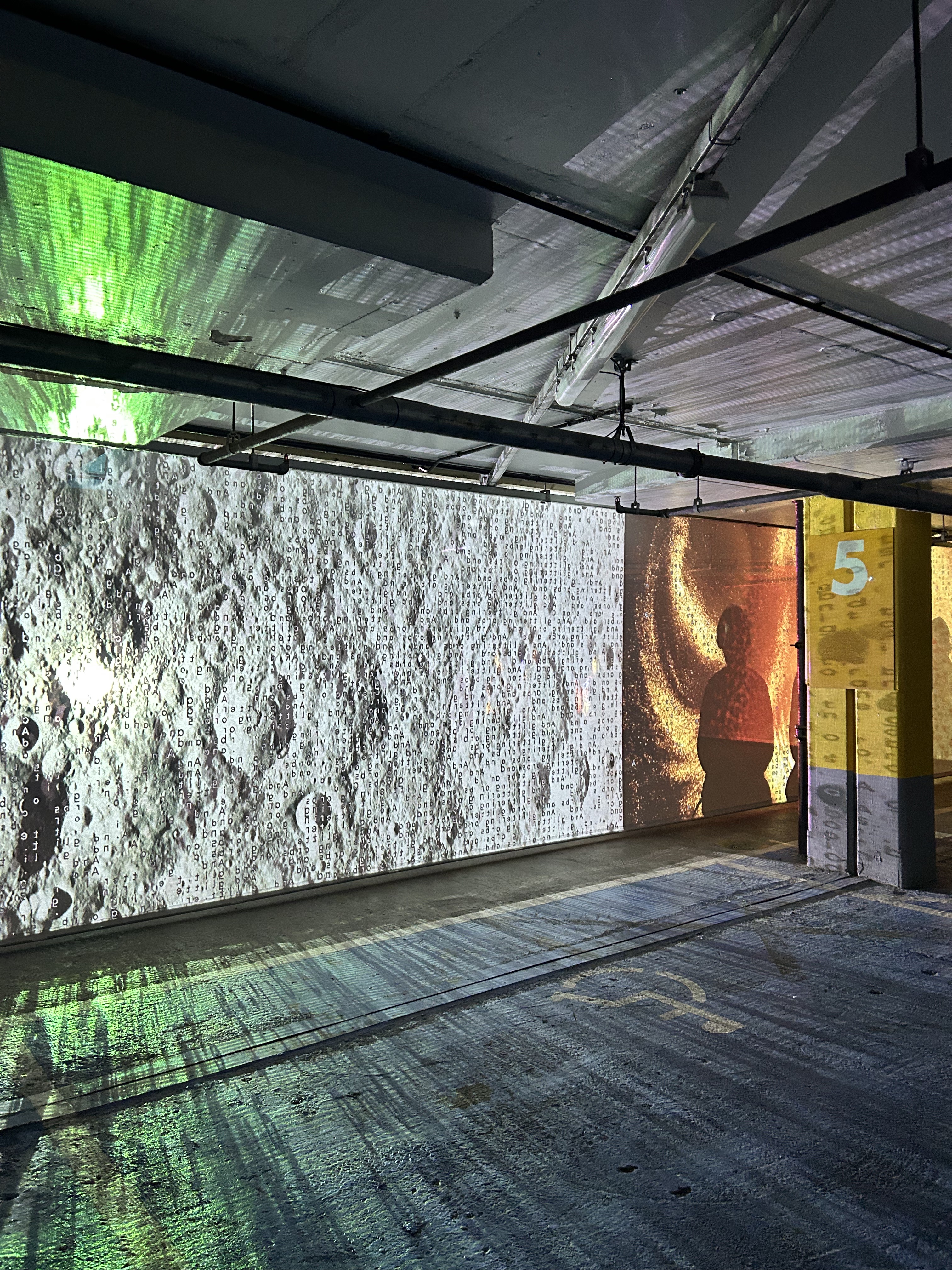
This exhibition definitely draws you in. It will make you slow down and notice how sound moves through space, and through you.
I visited the Breaking Lines exhibition at the Estorick Collection. Super thrilled to see some Futurists poetry and Dom Sylvester Houédard's original works on display. Both had significantly informed my thesis in experimental typography and the role of concrete poetry back in 2018. The show does a great job of curating great works from the Italian Futurist movement and in post-war Britain.
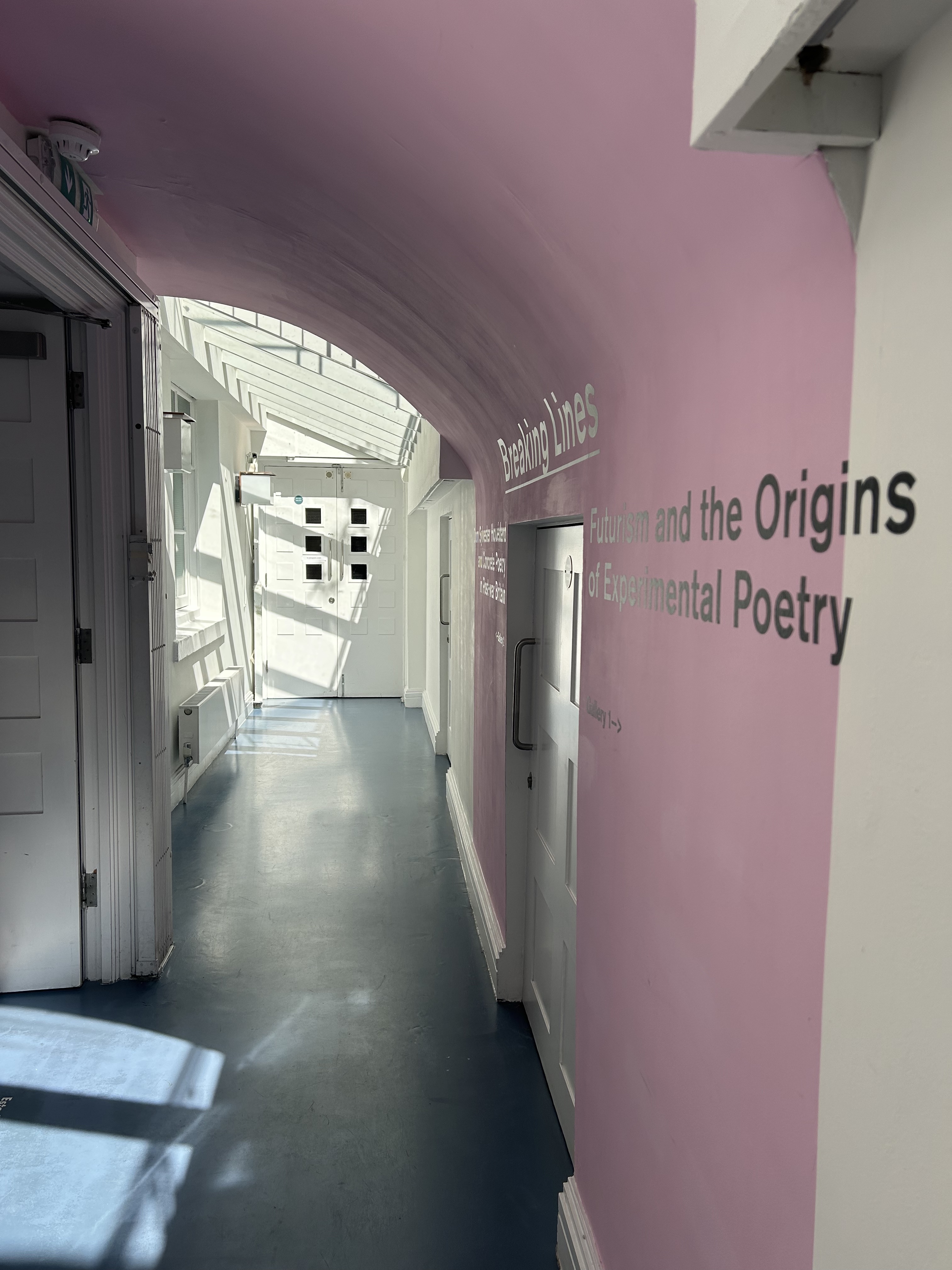
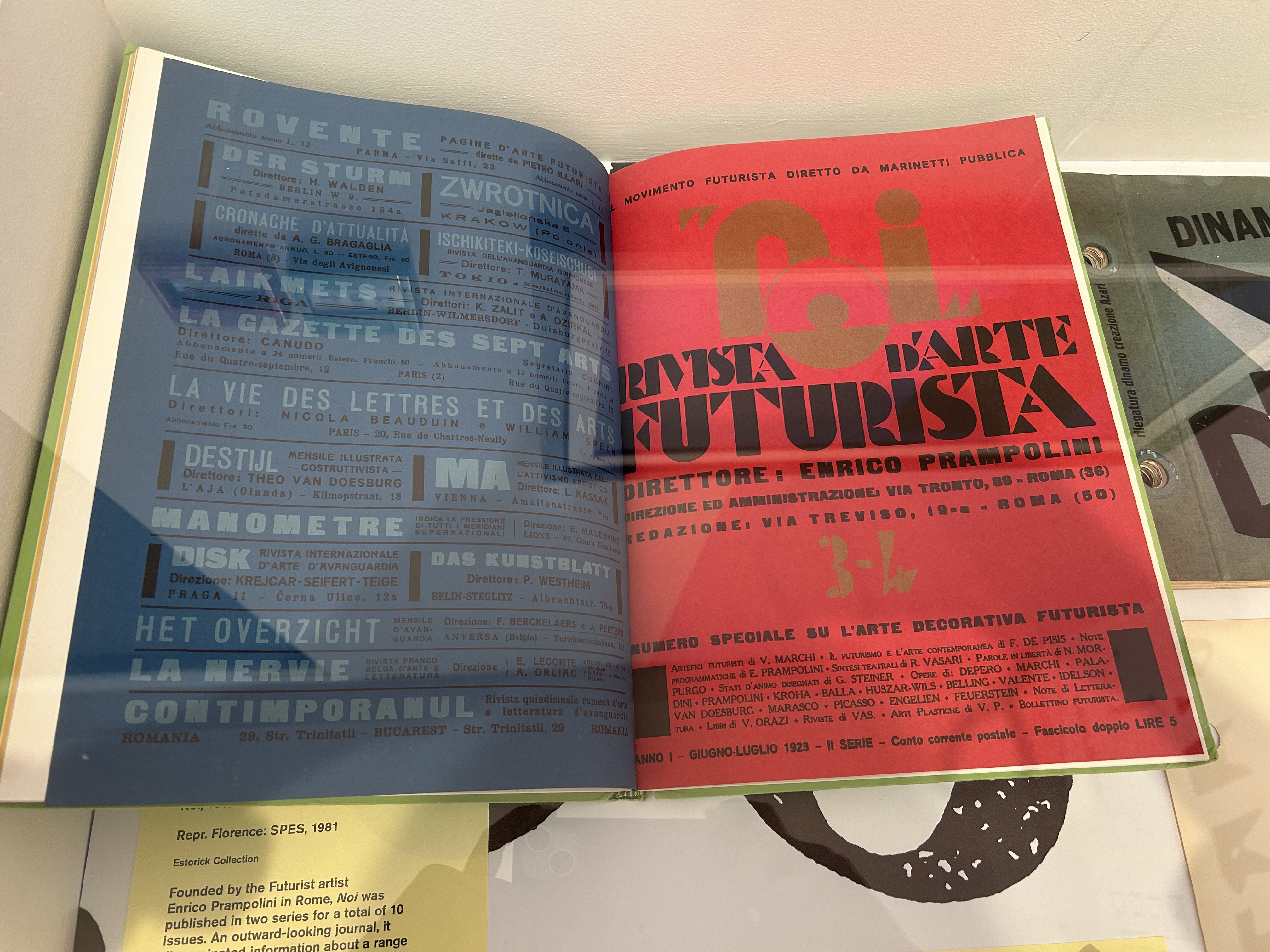
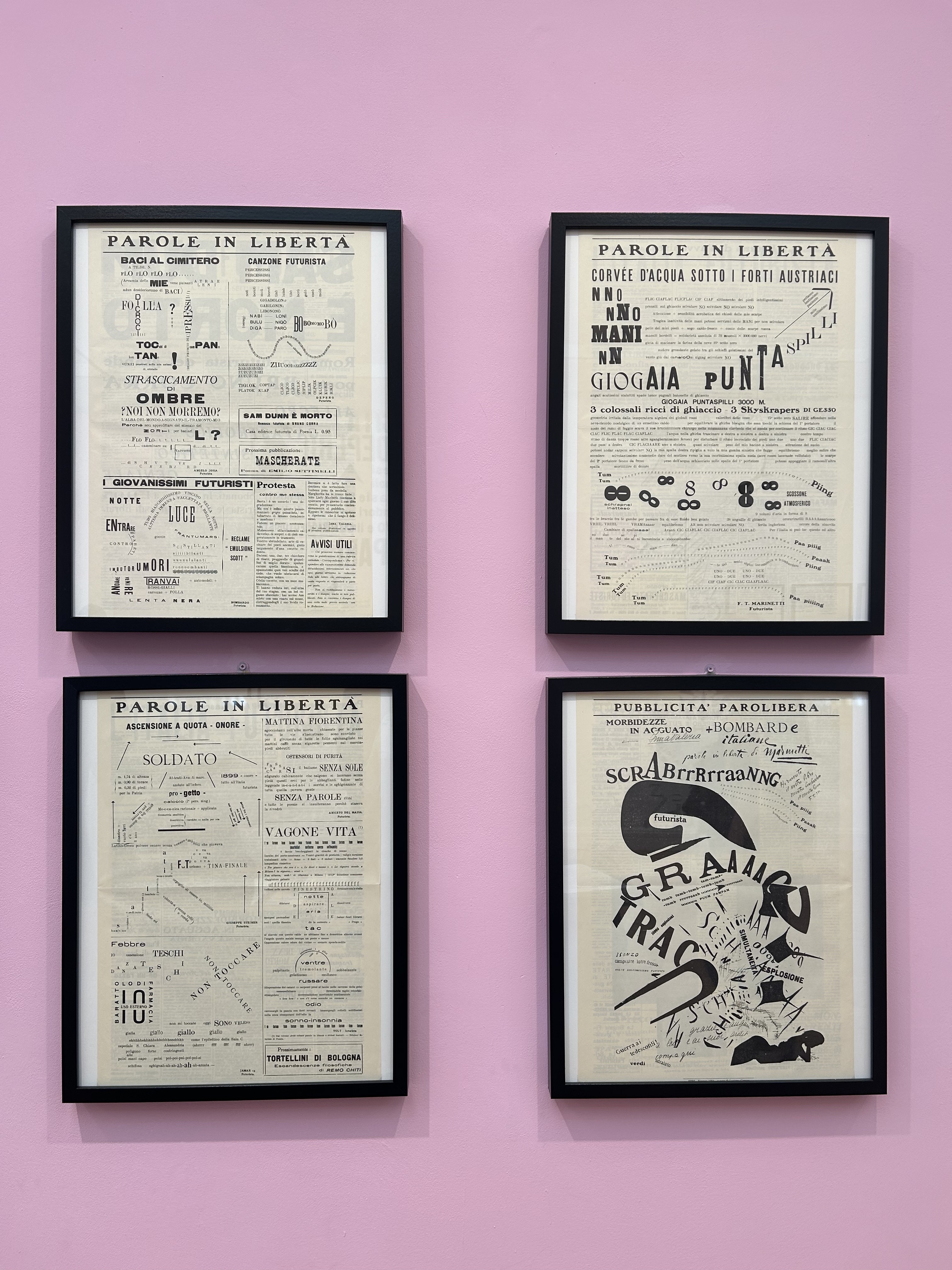
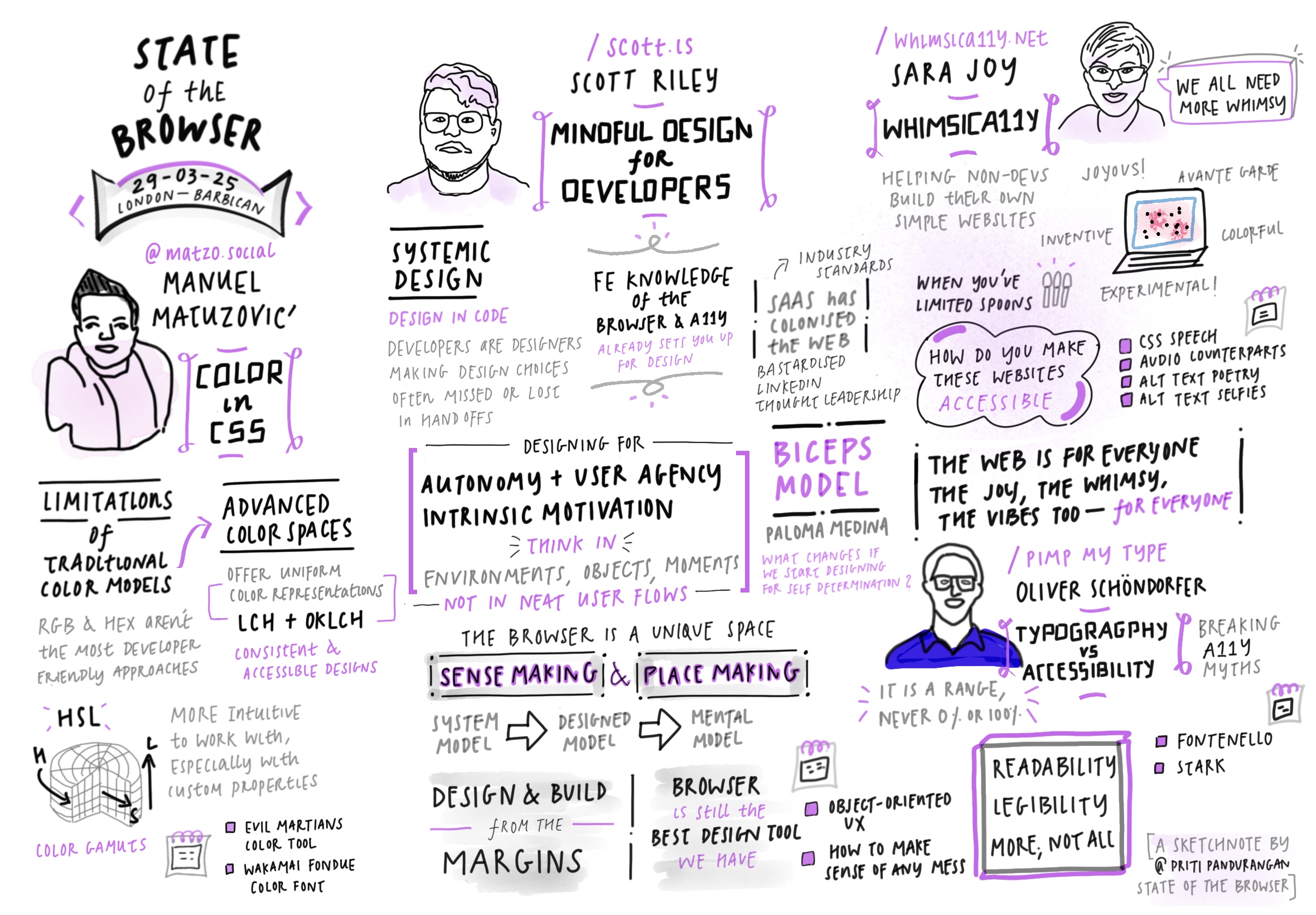
The web is for everyone. The joy, the whimsy, the vibes too — for everyone.
A beautiful photo essay with historical context sprinkled throughout, featuring the Gorton typeface — a 150-year-old font that is omnipresent yet often overlooked. Through extensive research and over 600 photographs, Wichary highlights Gorton's distinctive, utilitarian design and its widespread application in New York City's urban landscape.

The only explanation for UX you will ever need, narrated in Cunk’s voice.
A fascinating critique on the ubiquity of design thinking and potential dangers of our modern worship of design as a universal solution.
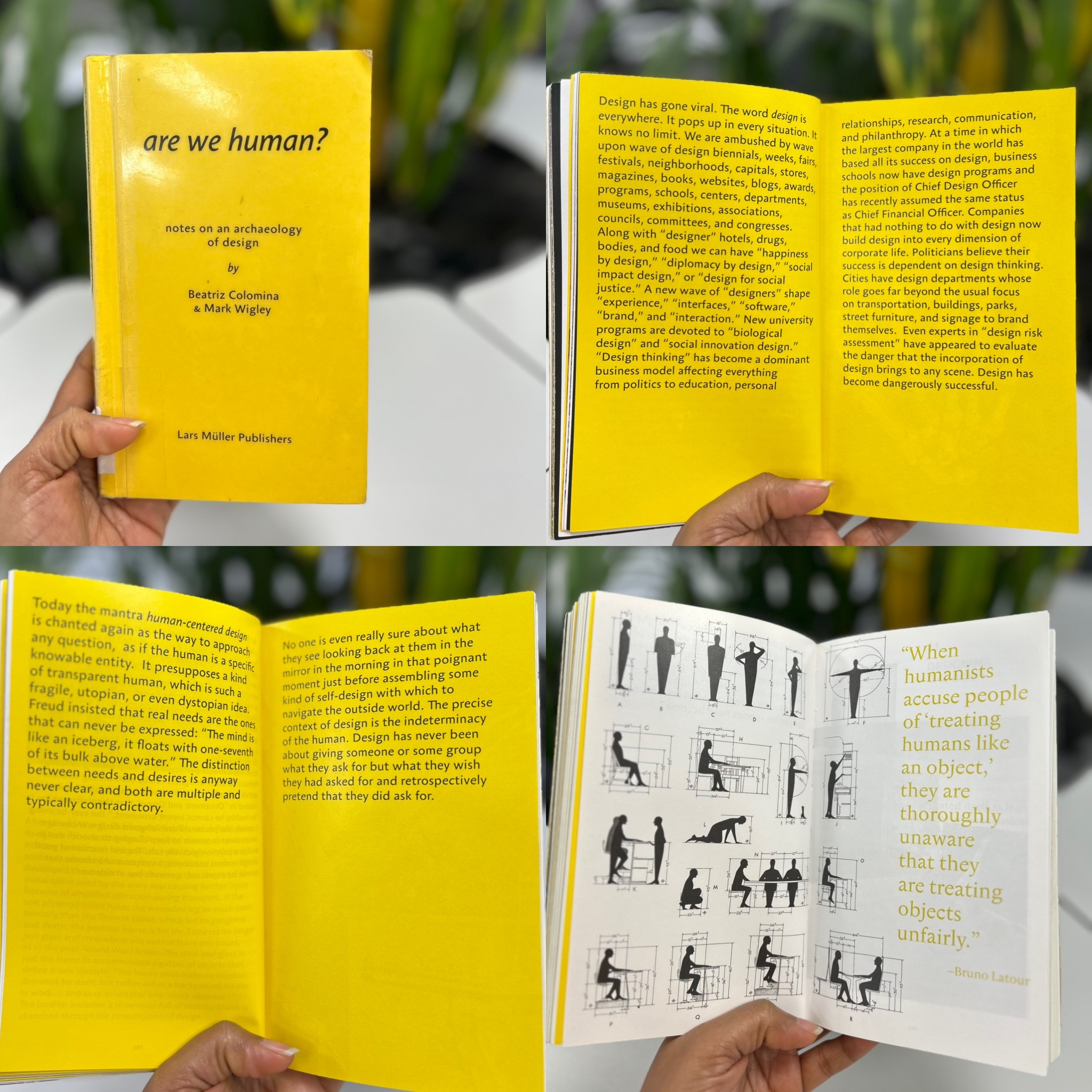
Digging into Analog Algorithm and wow, this book has incredible strategies for rule-based construction of grids and design systems.
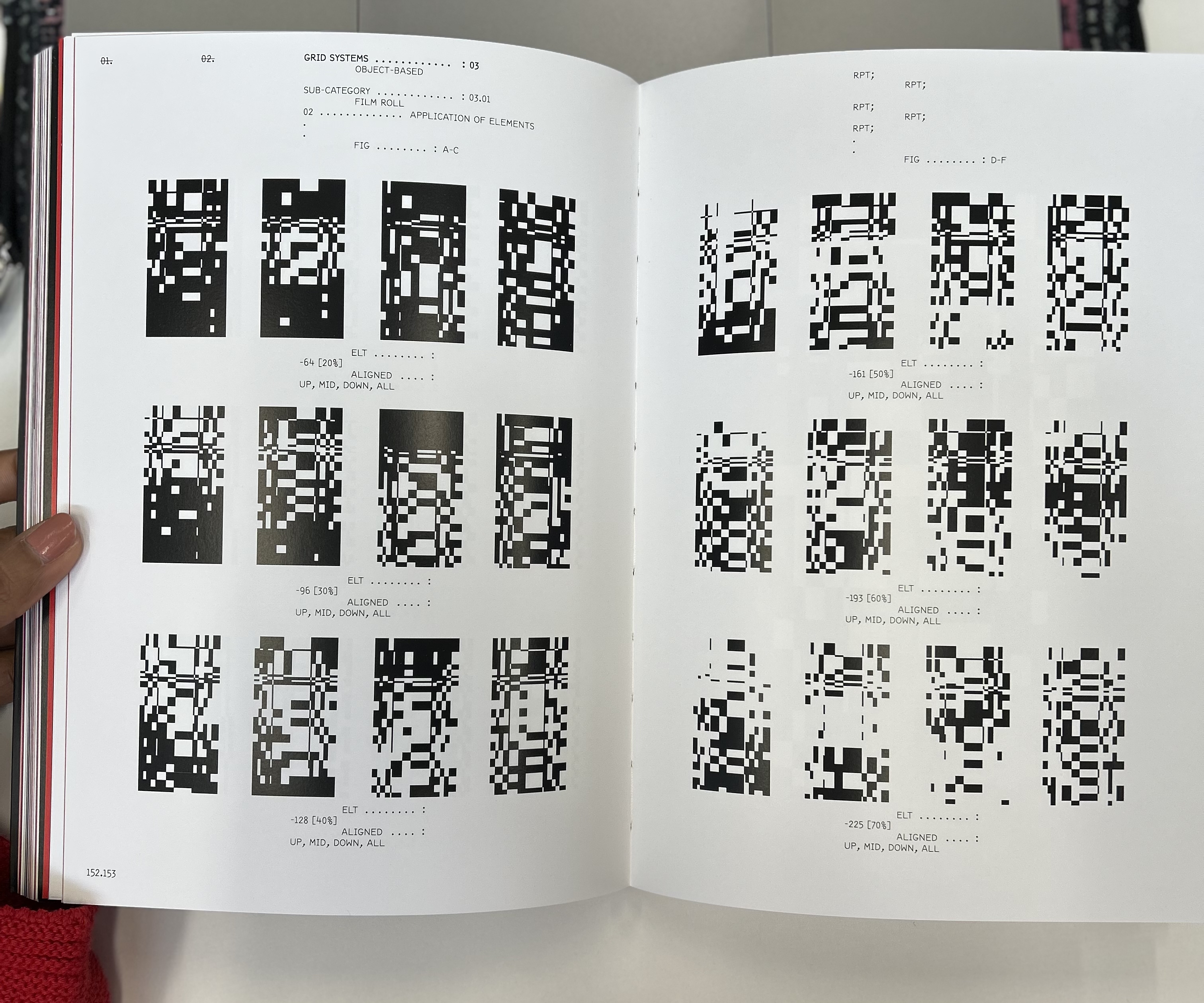
Introduced rule-based/conditional drawing in my creative coding module at LCC as a way to understand computation.
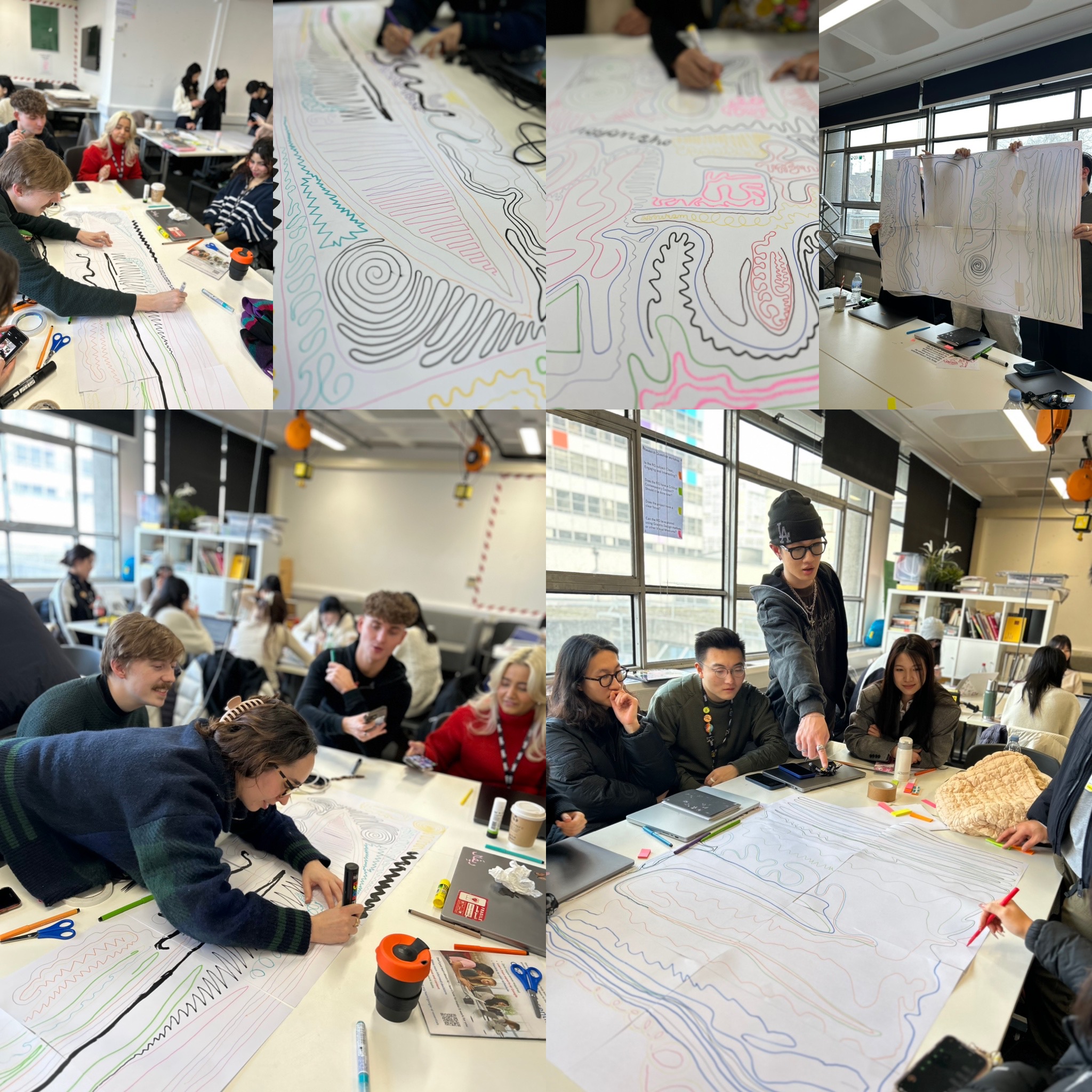
Chellakutty went into a quiet spiral.
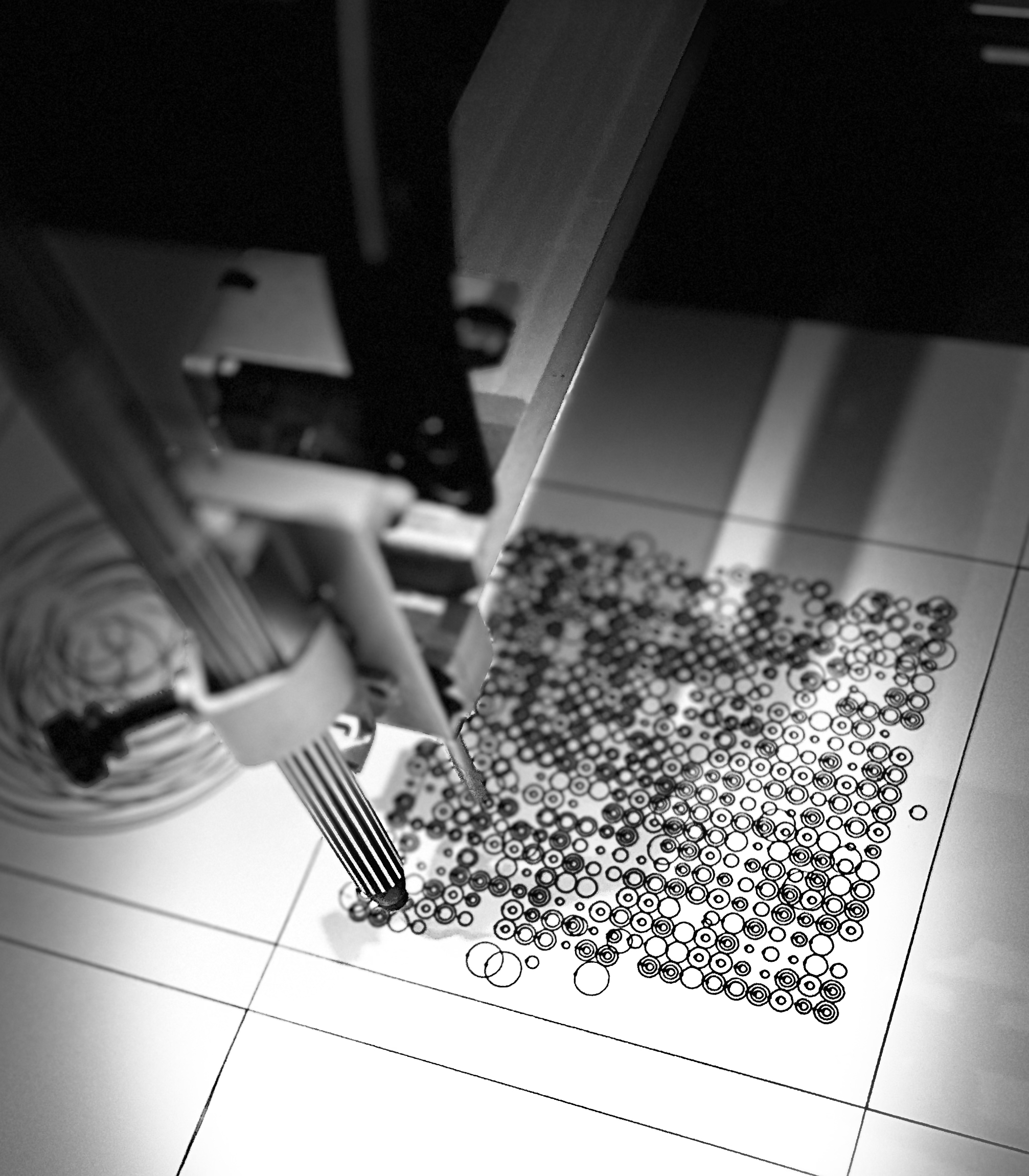
Teaching a module on Critical Cartographies and found my old post-its from '22 nested in one of the library books at UAL.
Is there a linguistic gem for when you stumble upon hand-written notes in shared books? Need a dictionary entry for this specific feeling.
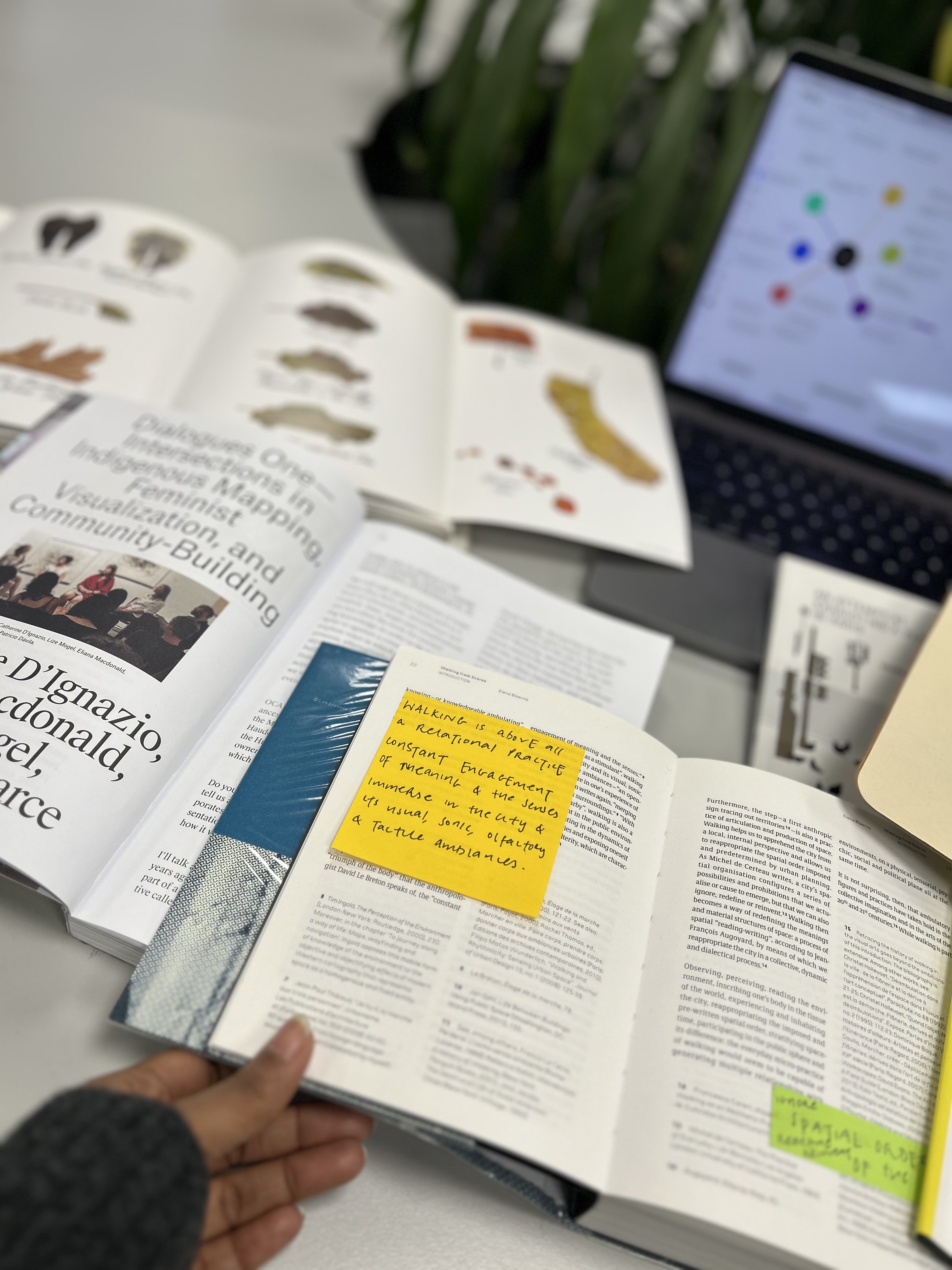
I had the pleasure of attending Dave Meckin's talk today, and it was truly fascinating! He explored the intricate relationship between sound, movement, and experience design. From emotional sonification to bio-diversity loss, he touched on some incredible work that investigates rhythms that shape our world.
During his talk, Dave shared insights into his creative process — from selecting materials and experimenting with form to integrating sound and movement. He explained how each choice is guided by the rhythms he seeks to convey in his sonification experiences.
One idea he shared really resonated with me:
There is rhythm to our world even if we cannot see it. We are all rhythmic creatures.
Here’s to more multi-sensory experiences!

At the third edition of Creative Coding Crafts Space, Ajith and I led a workshop where we recreated some iconic algorithmic artworks featured in Tate’s Electric Dreams exhibition. We also rolled these pen-plotted postcards for all participants to take home.
